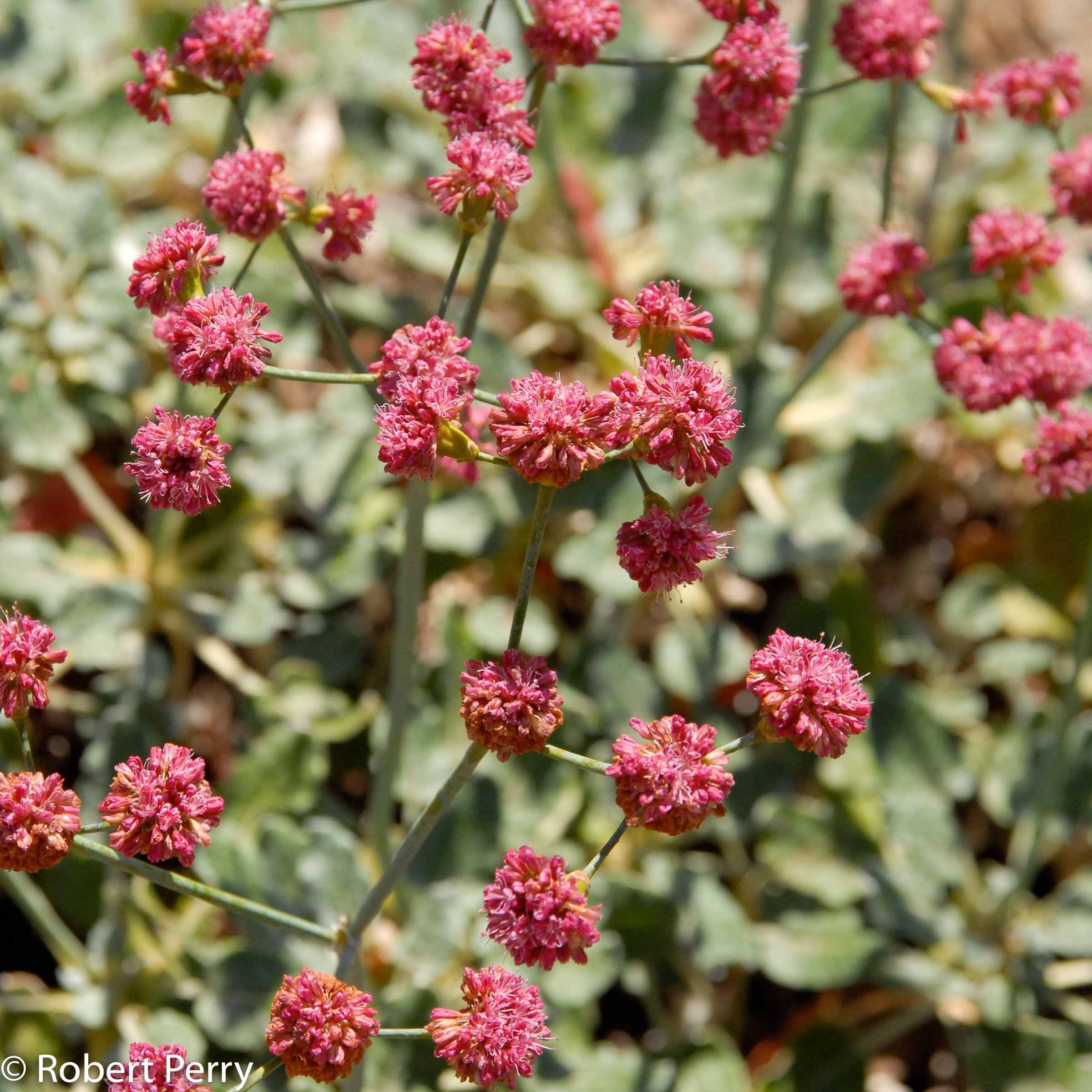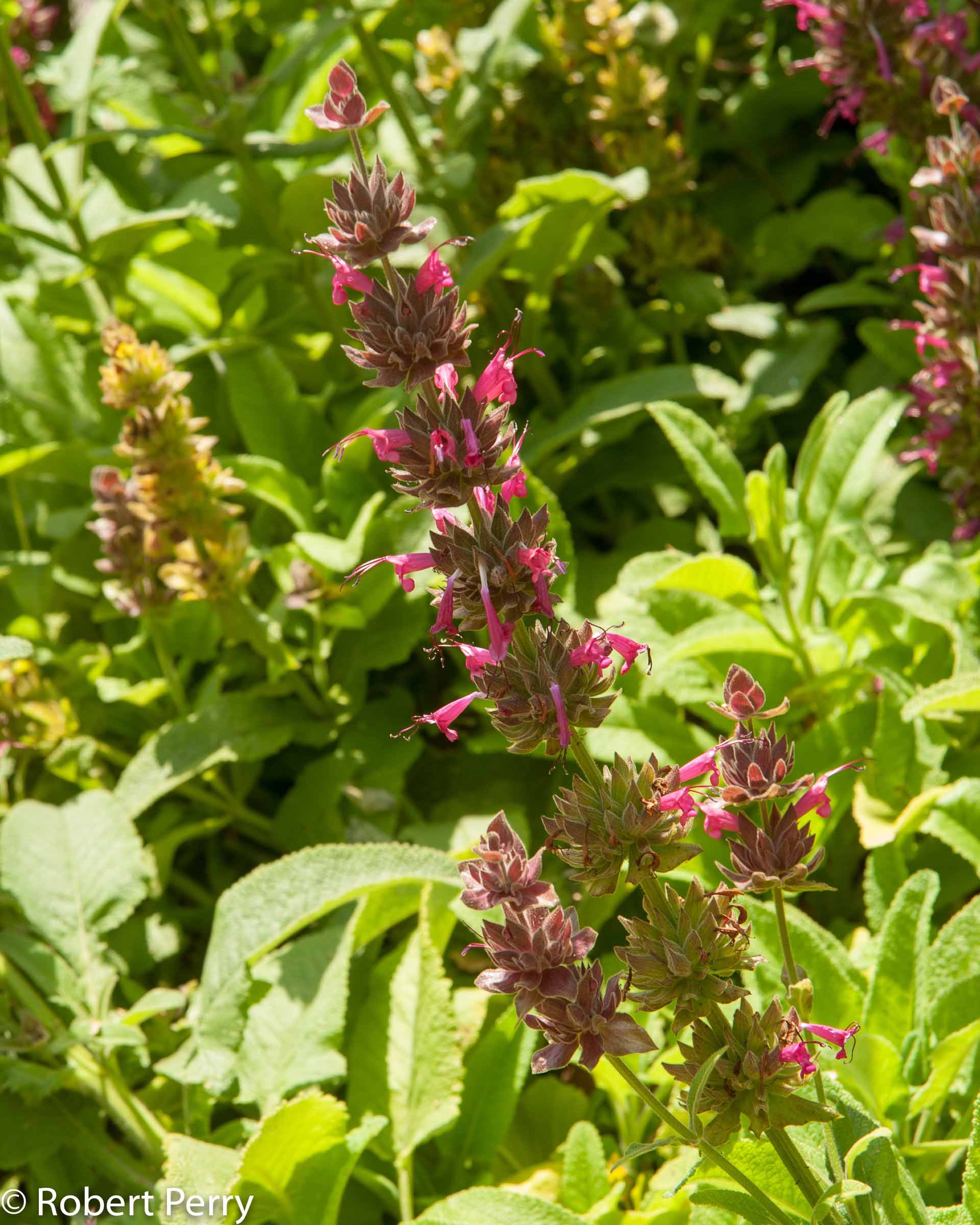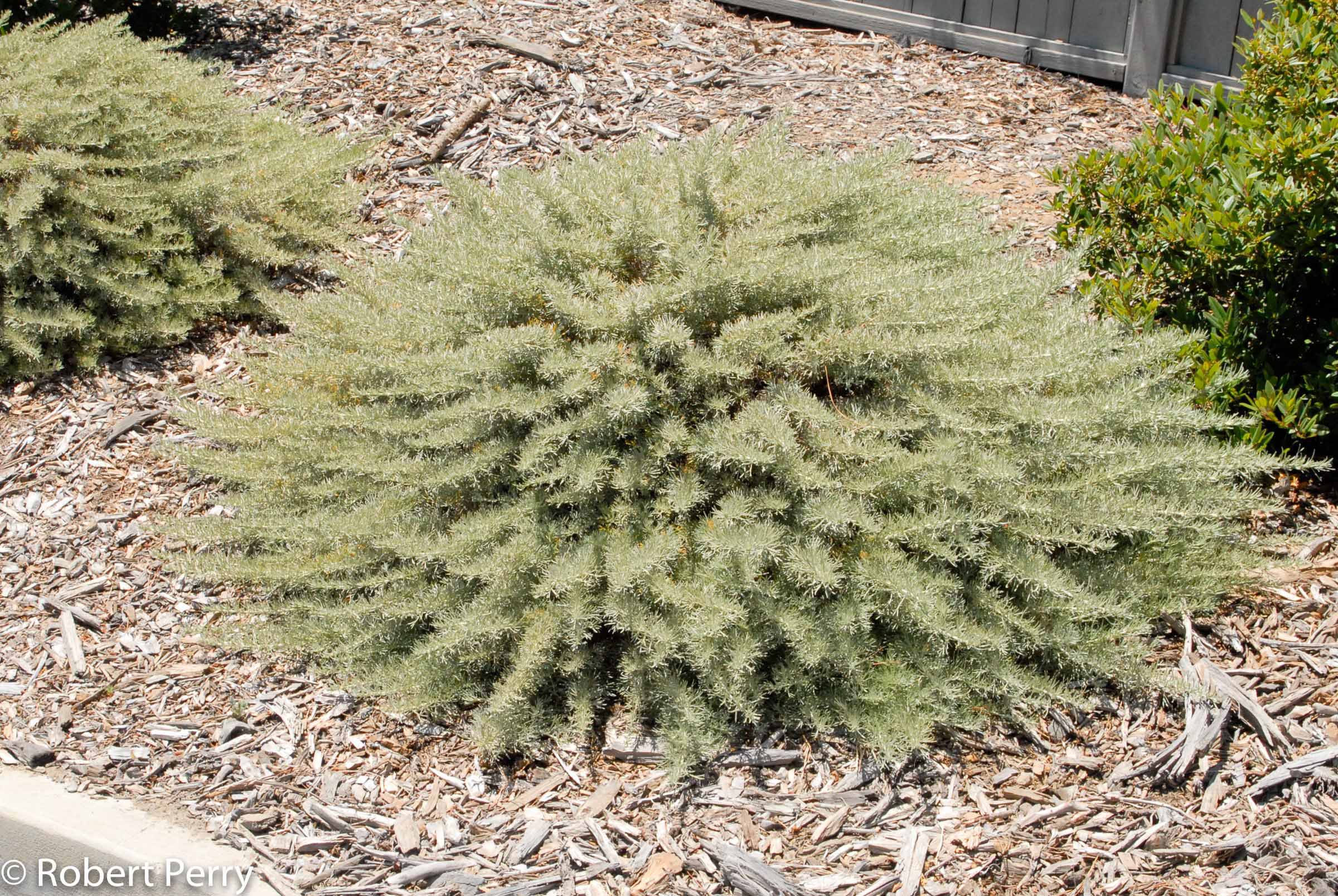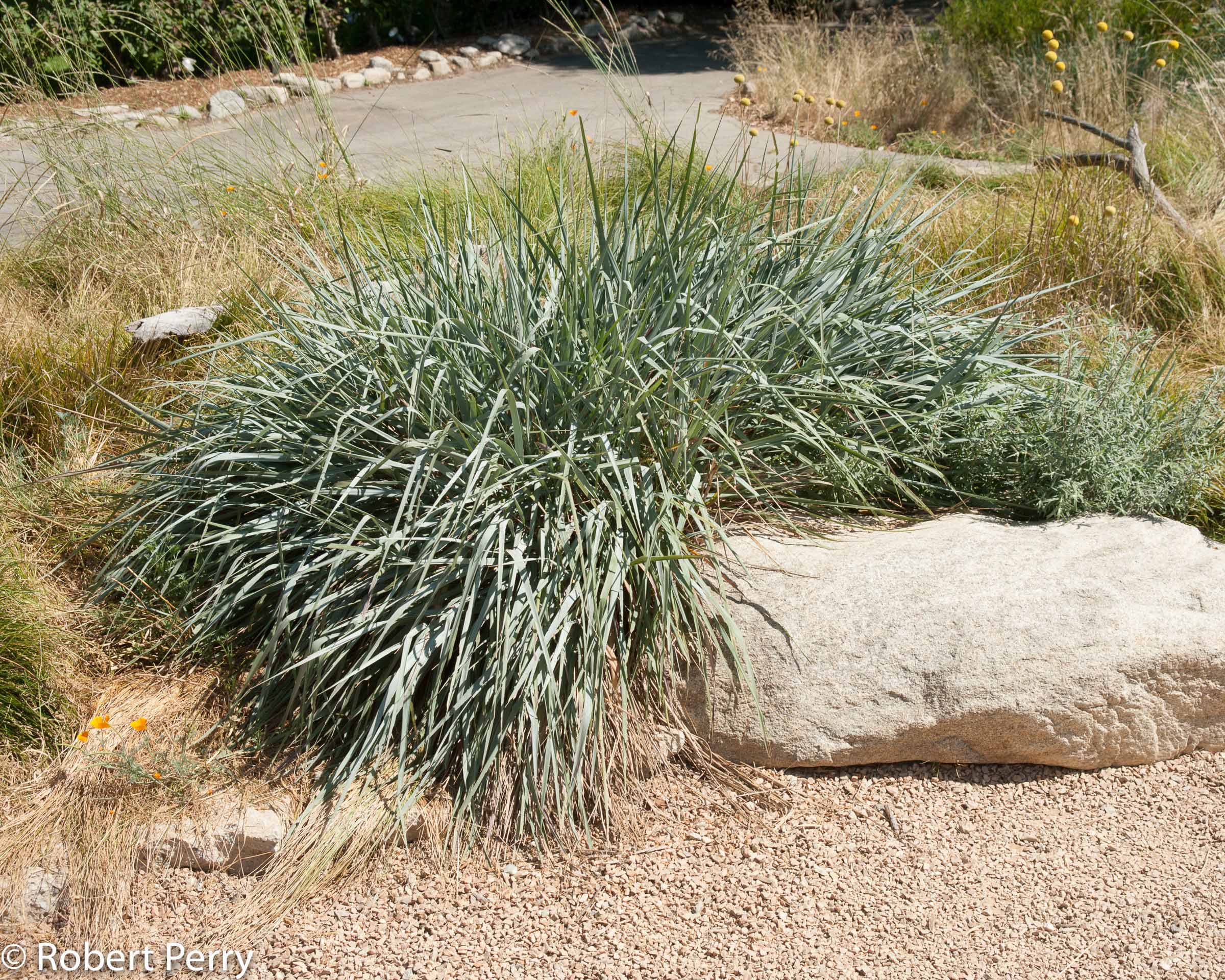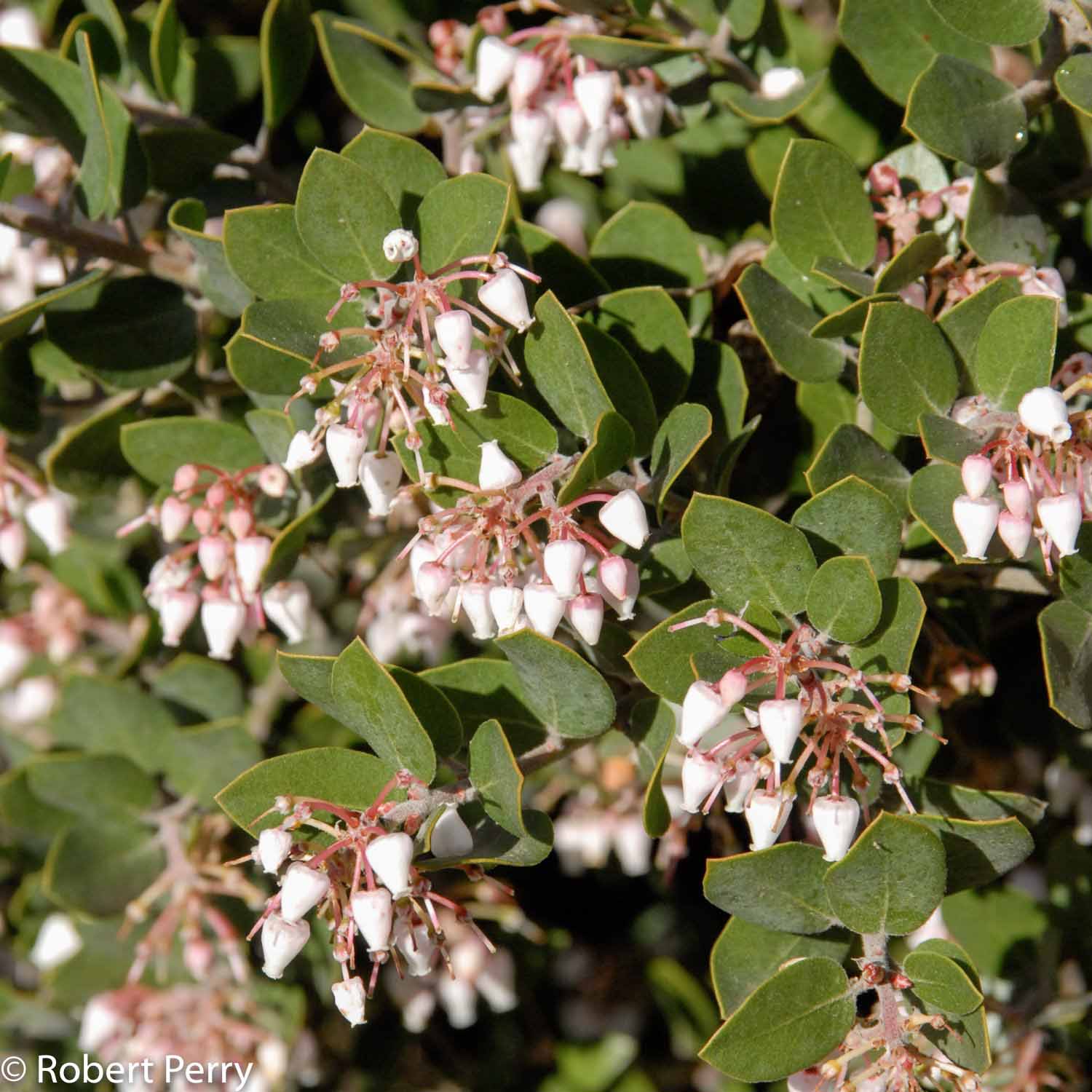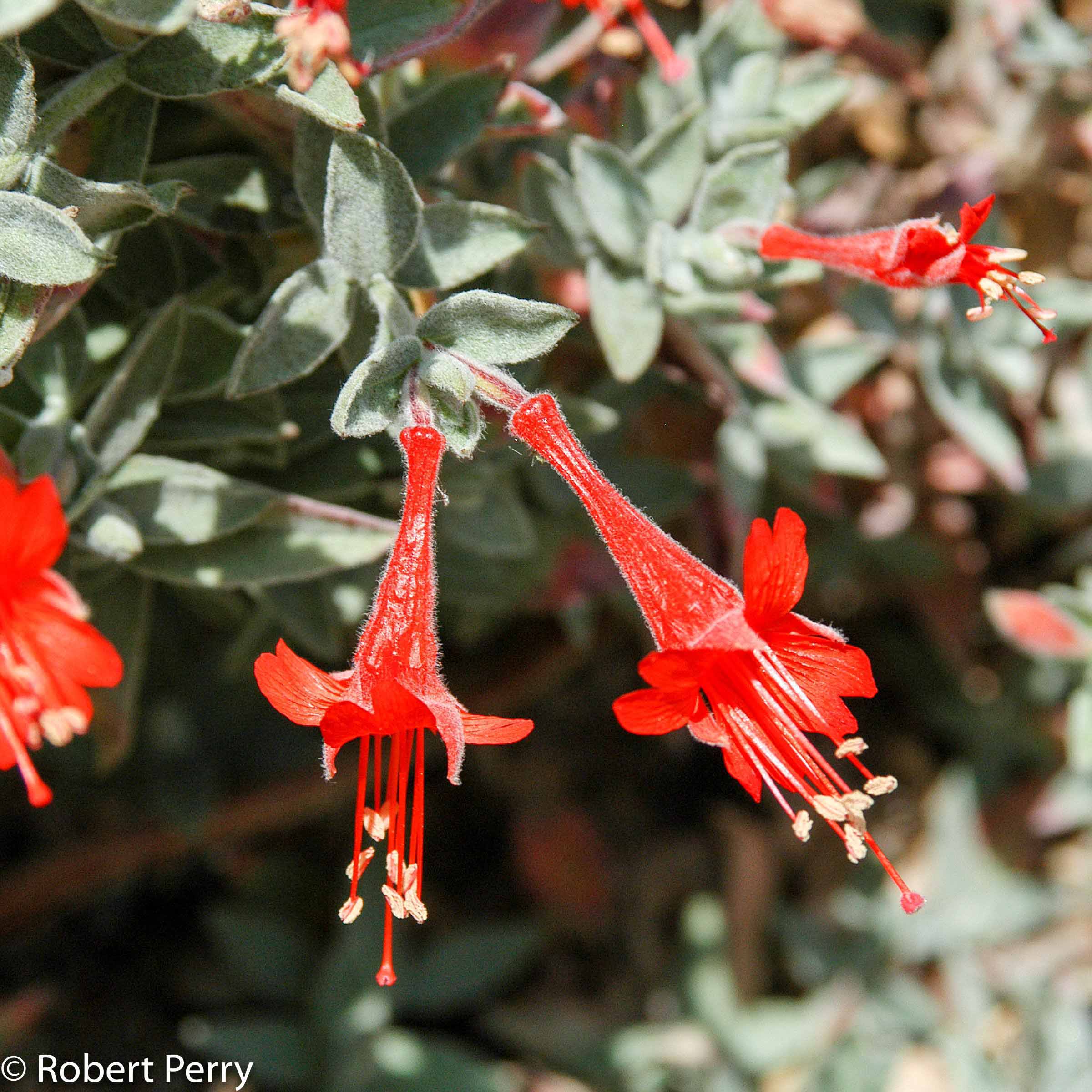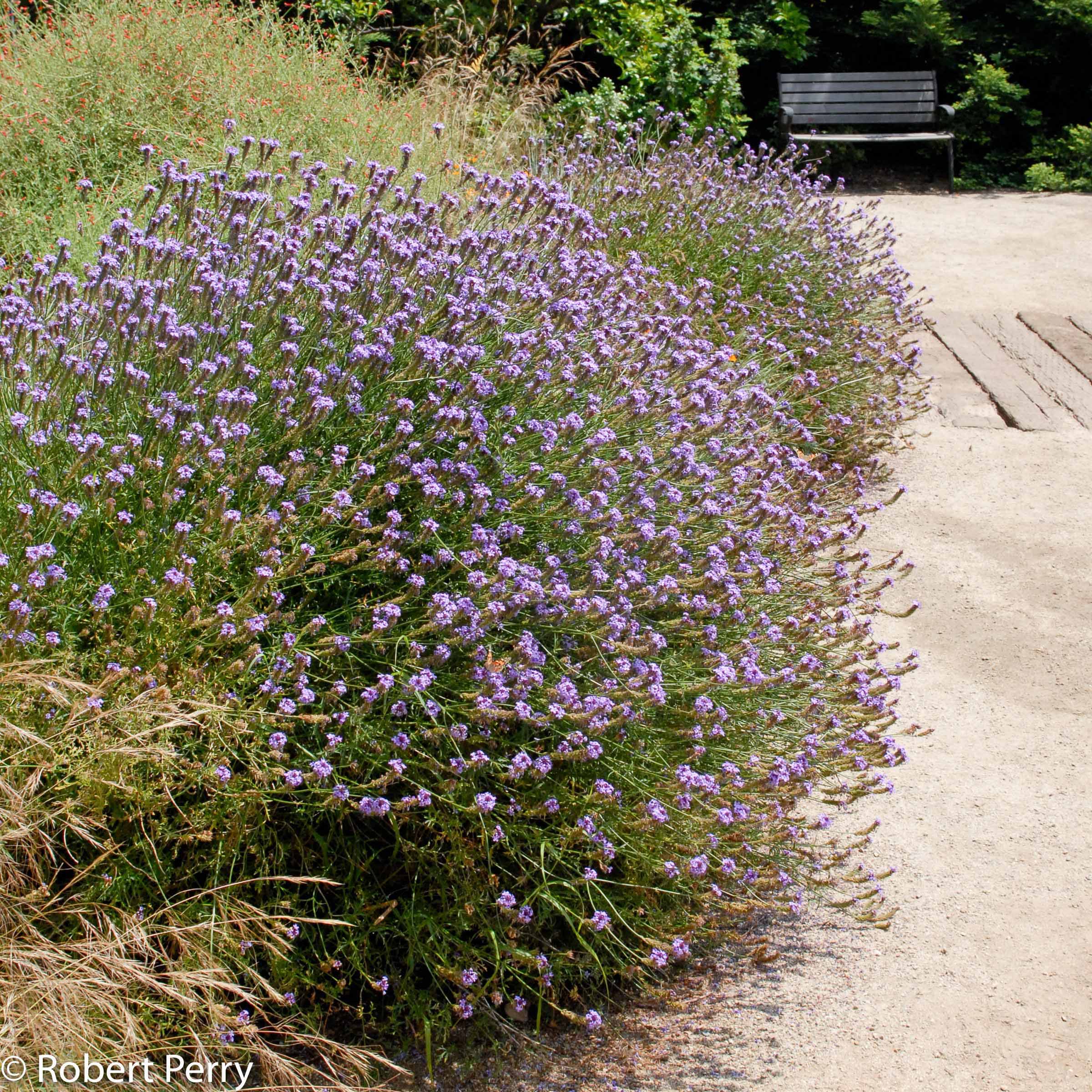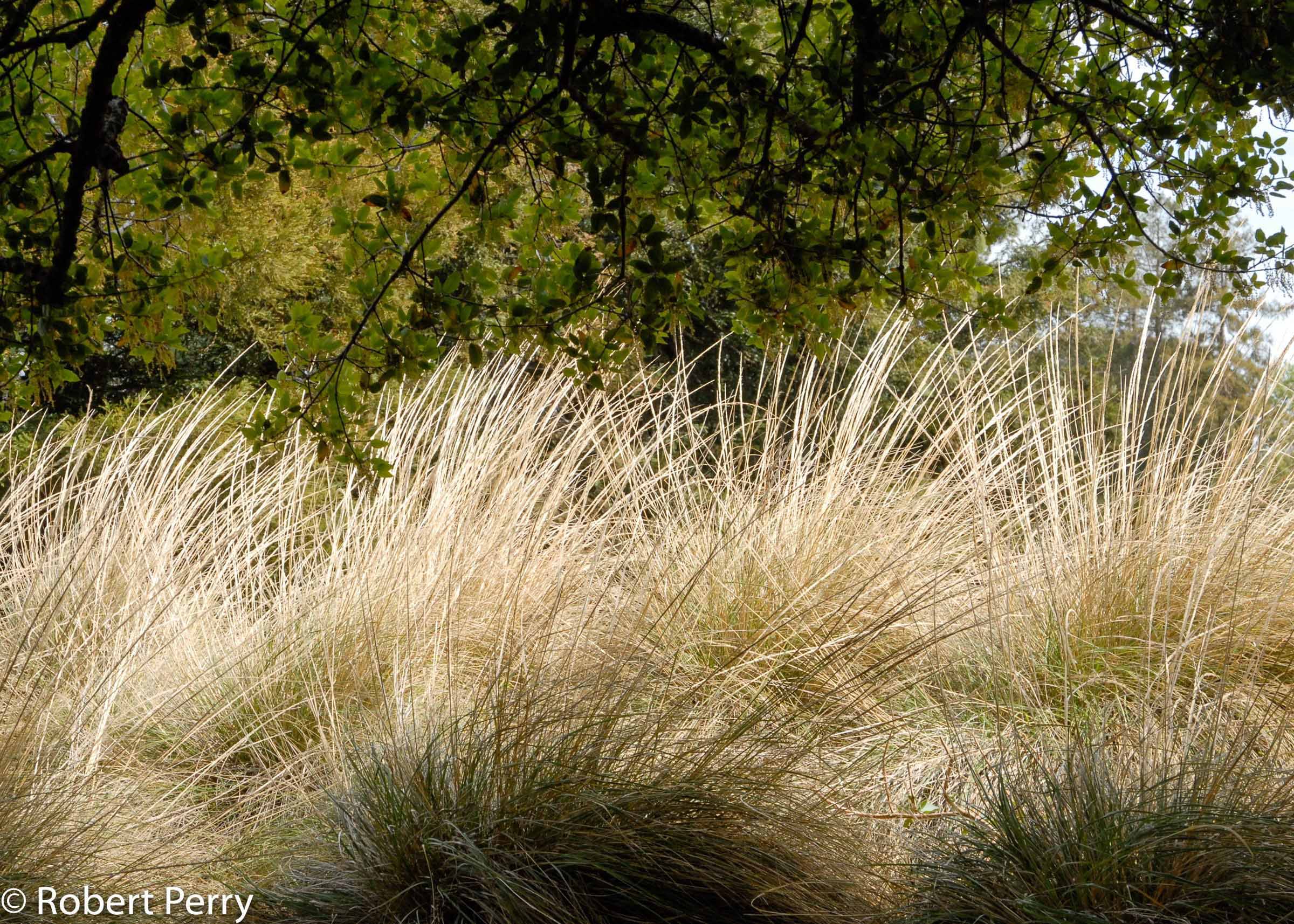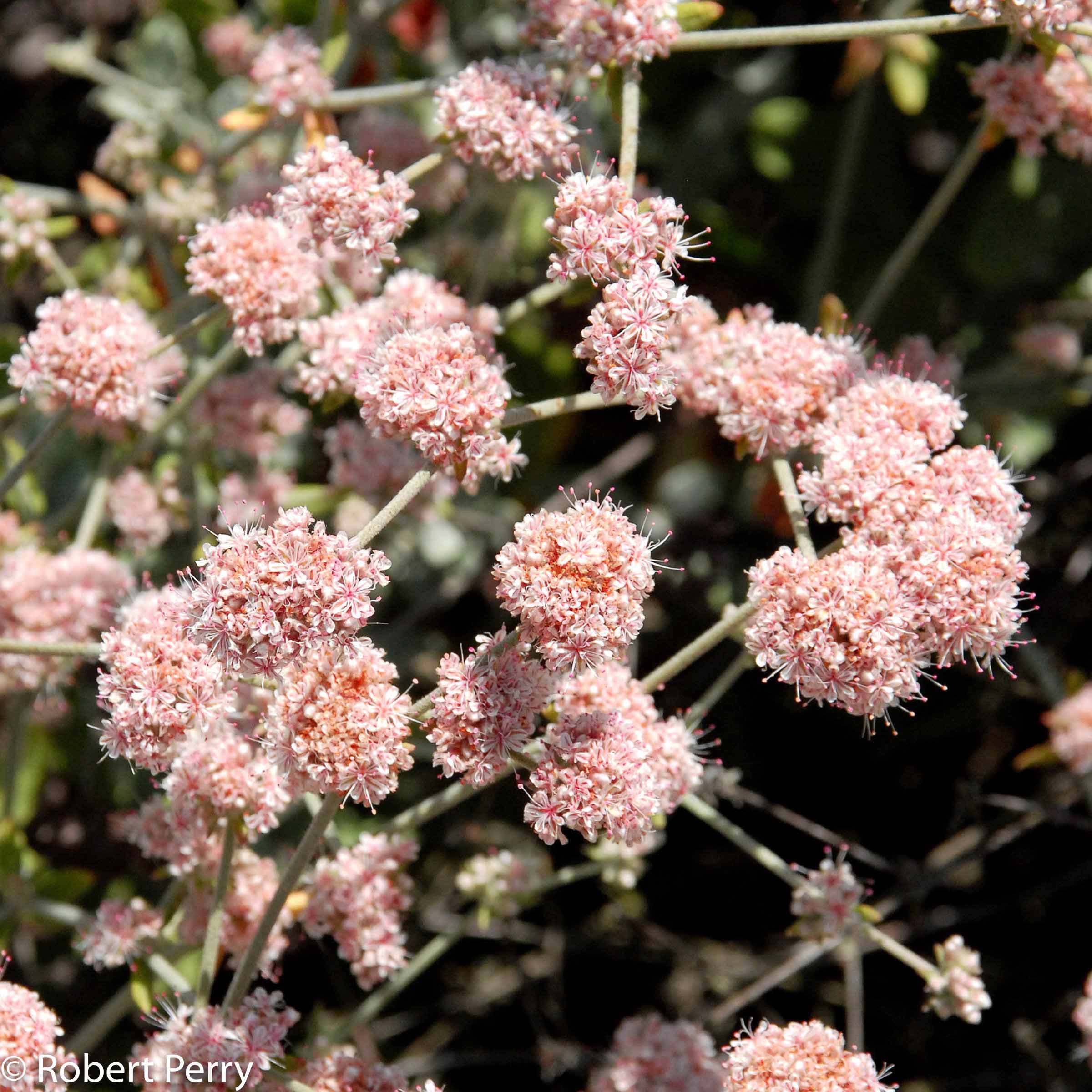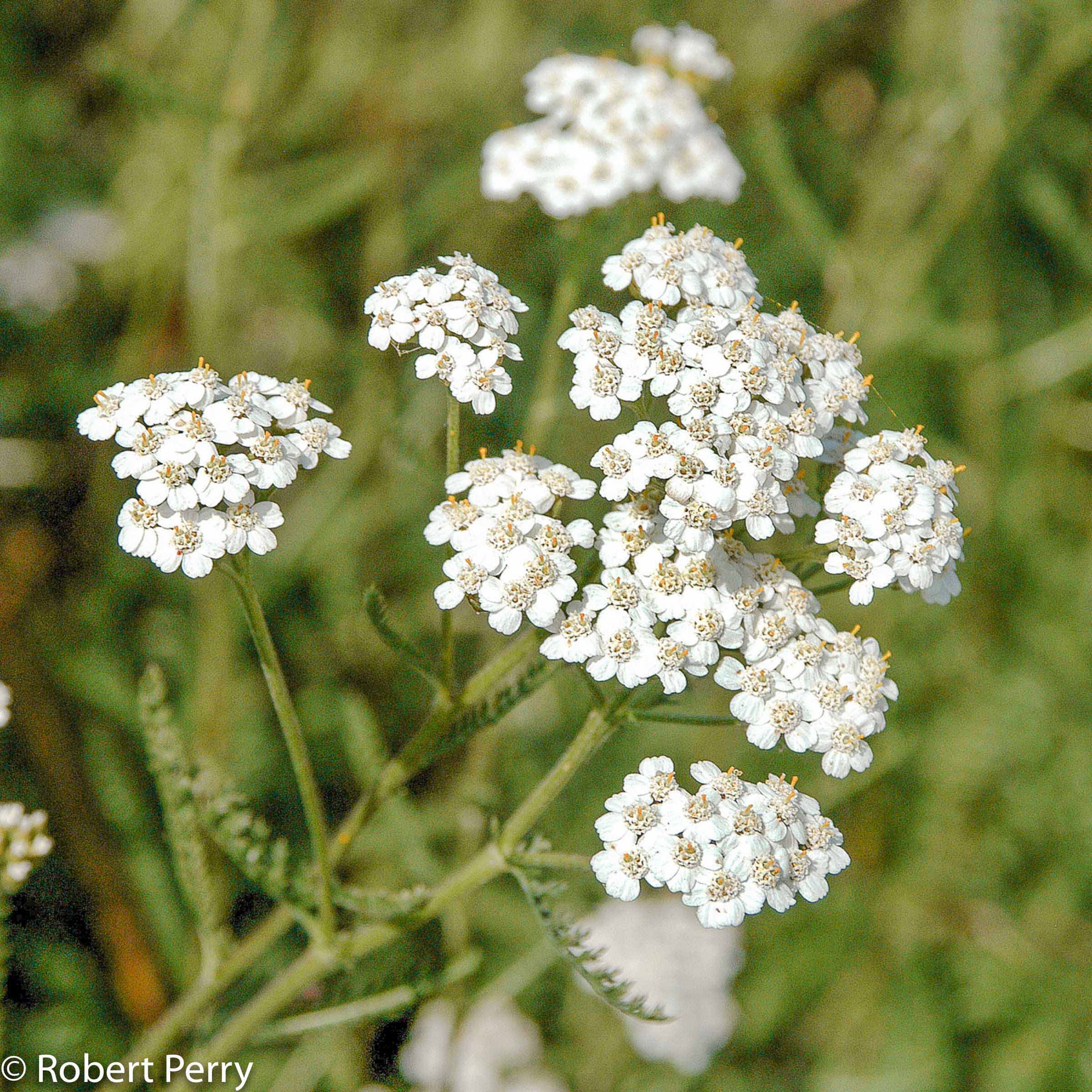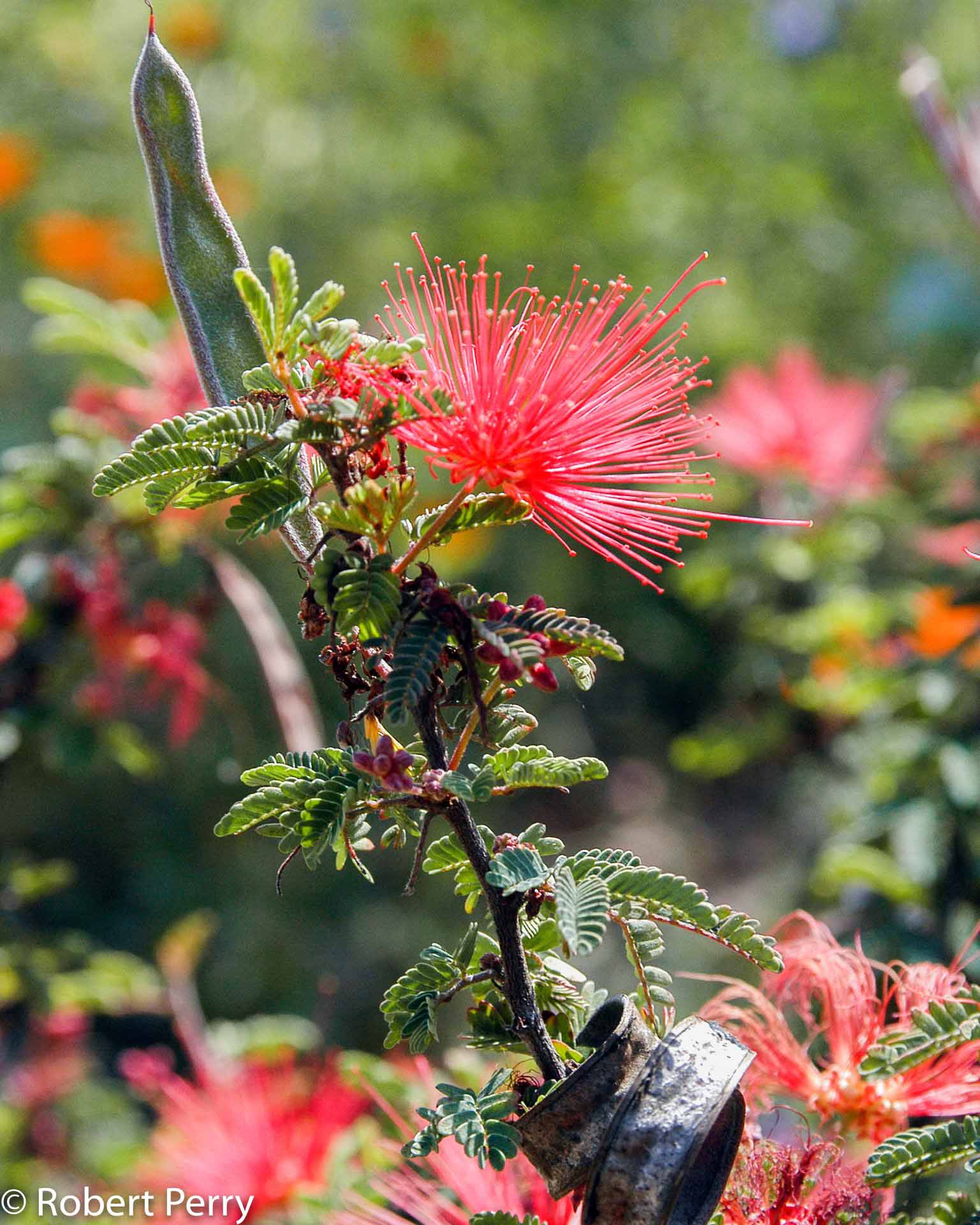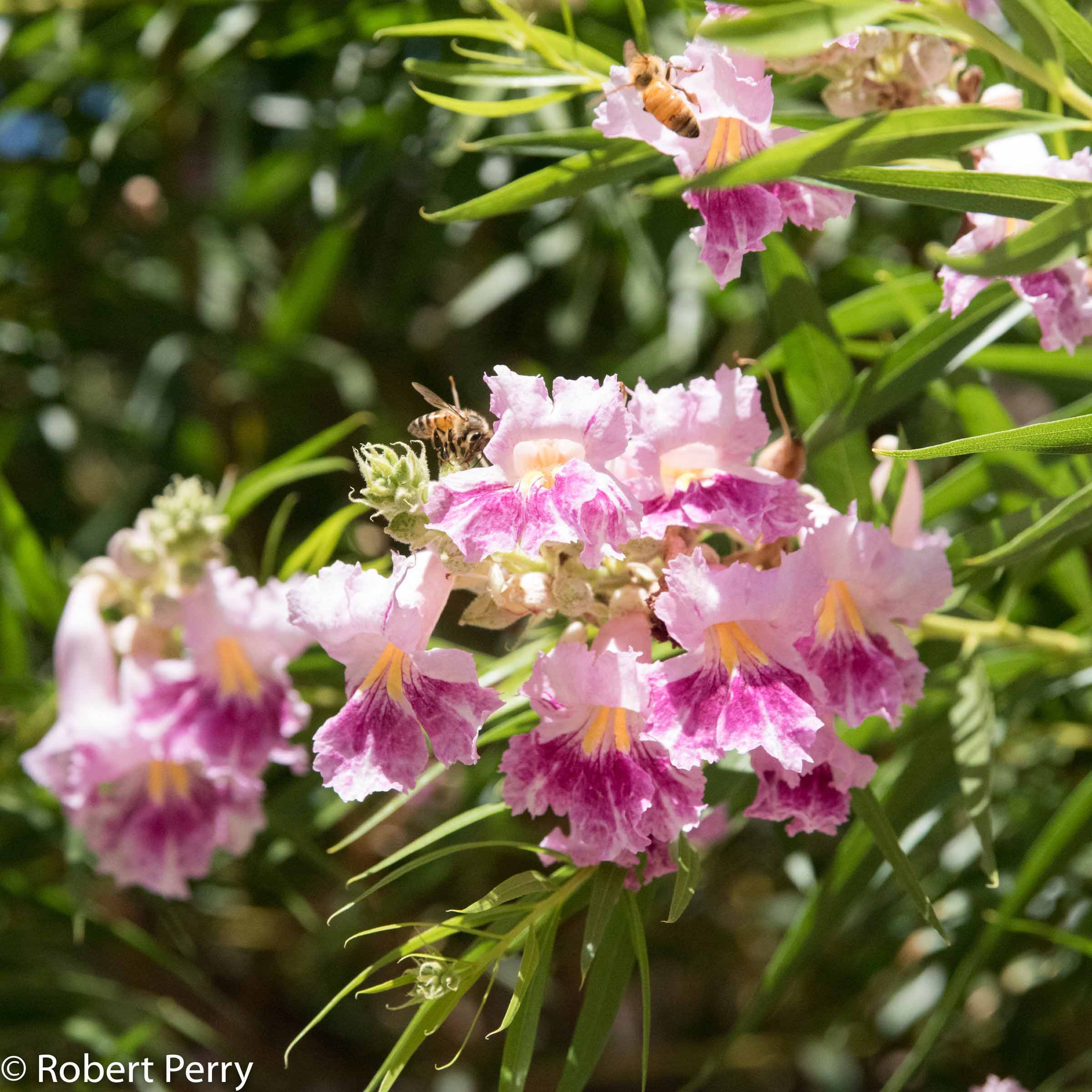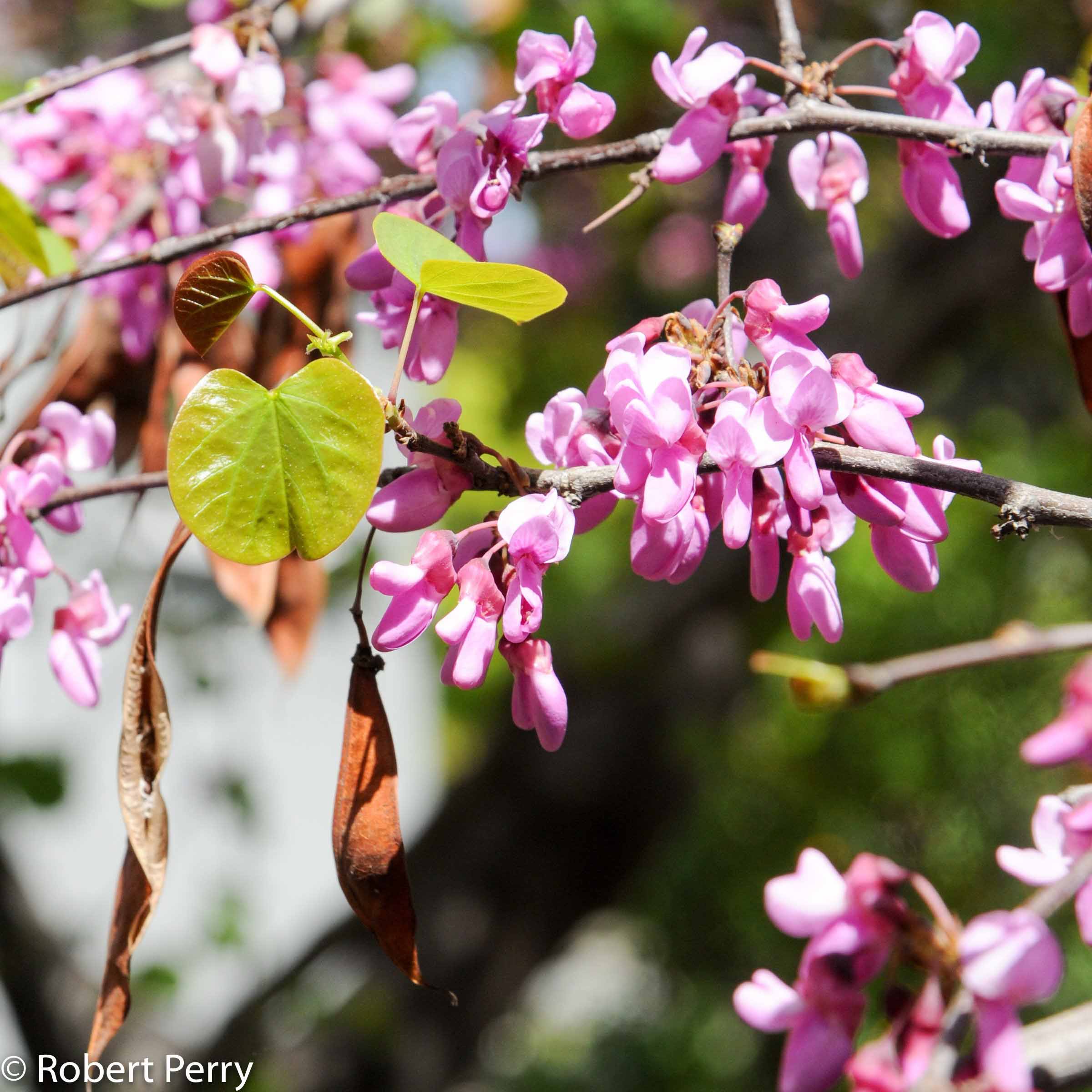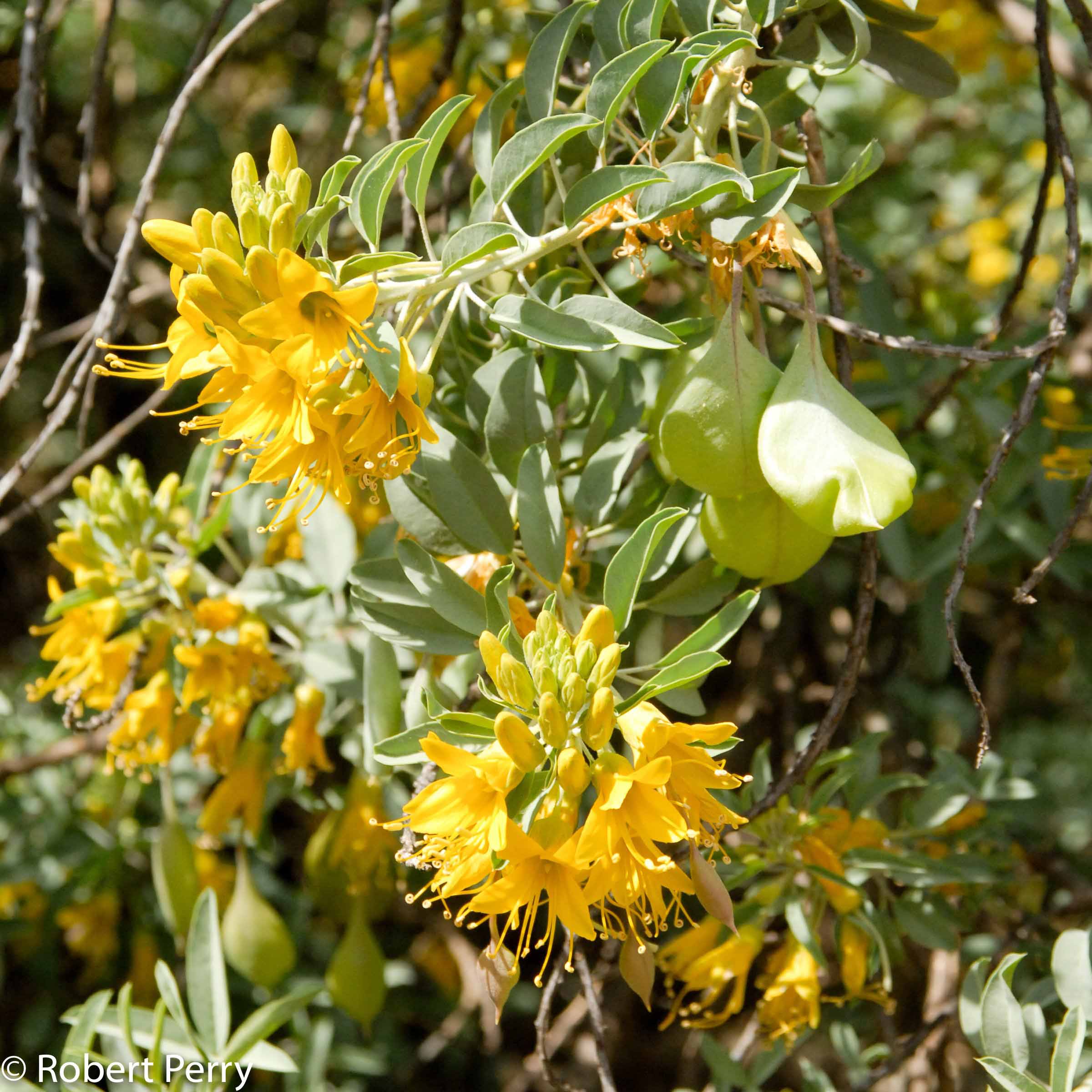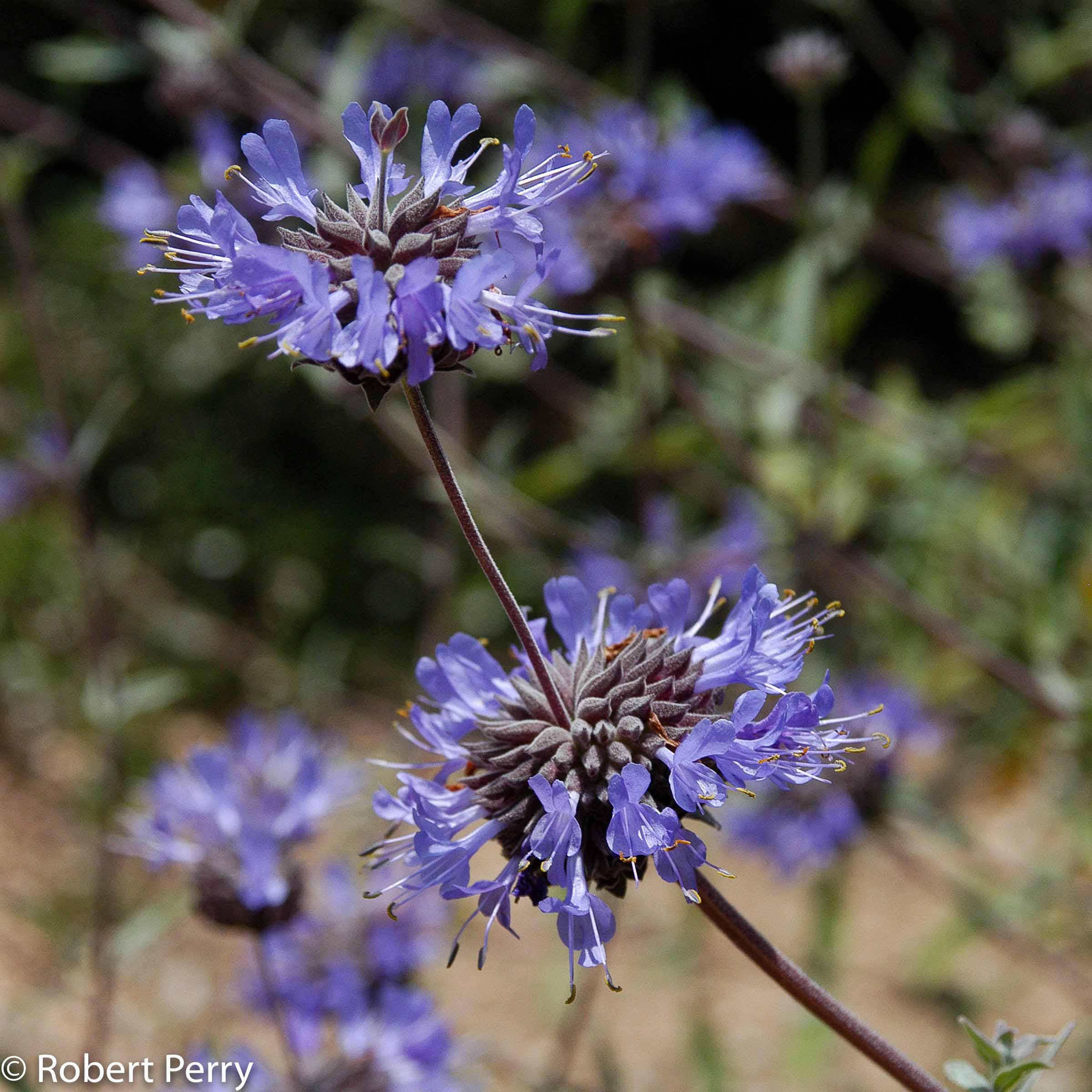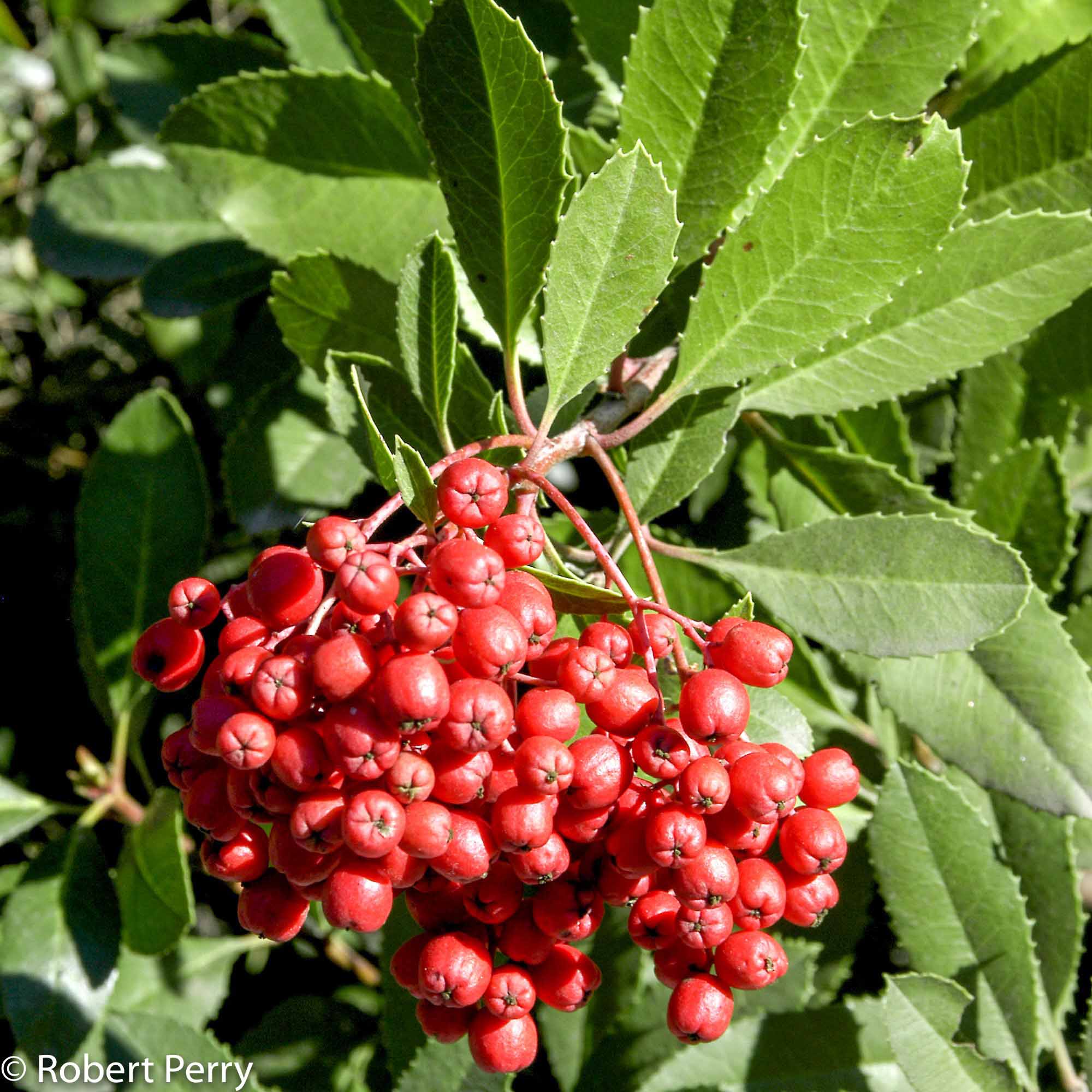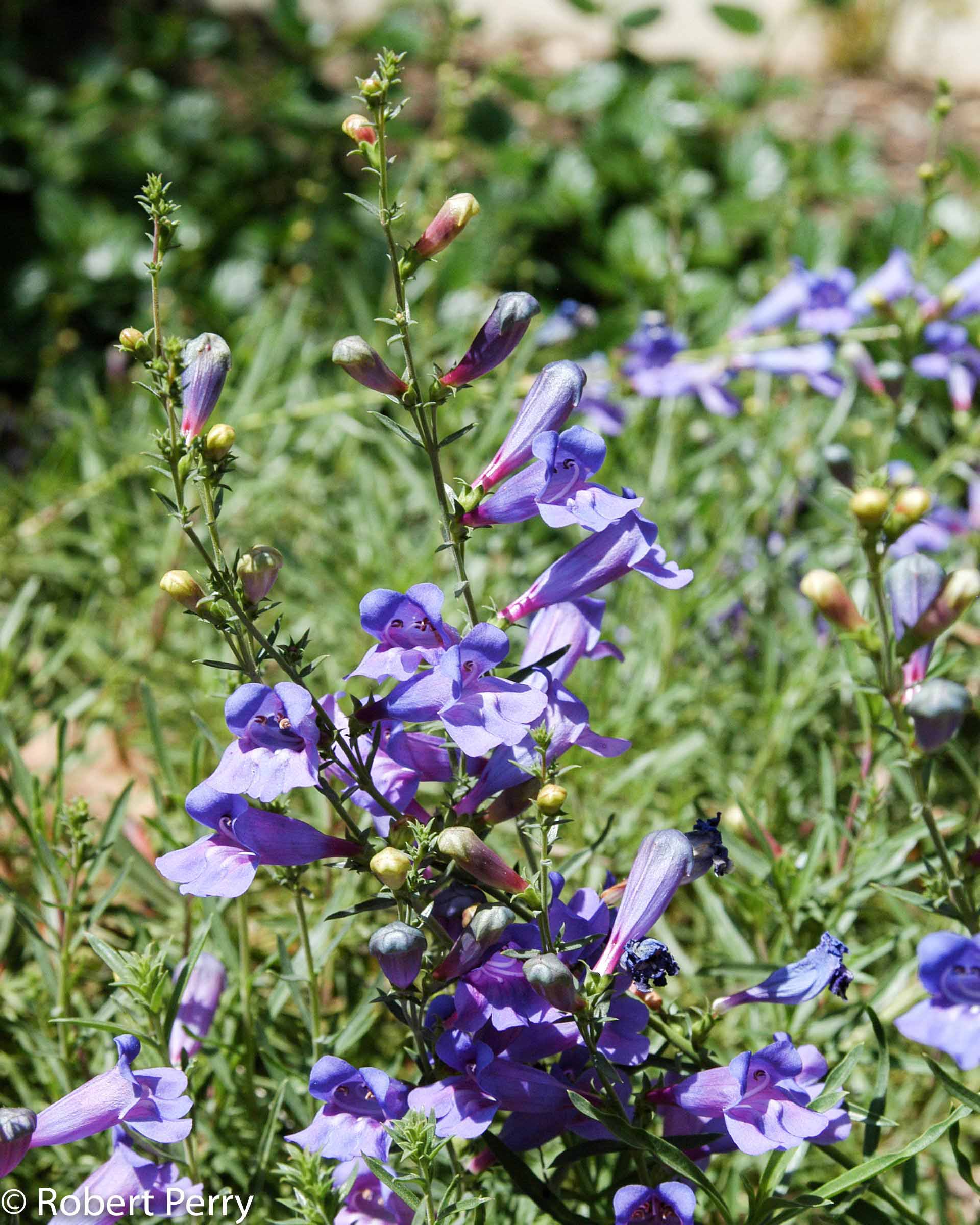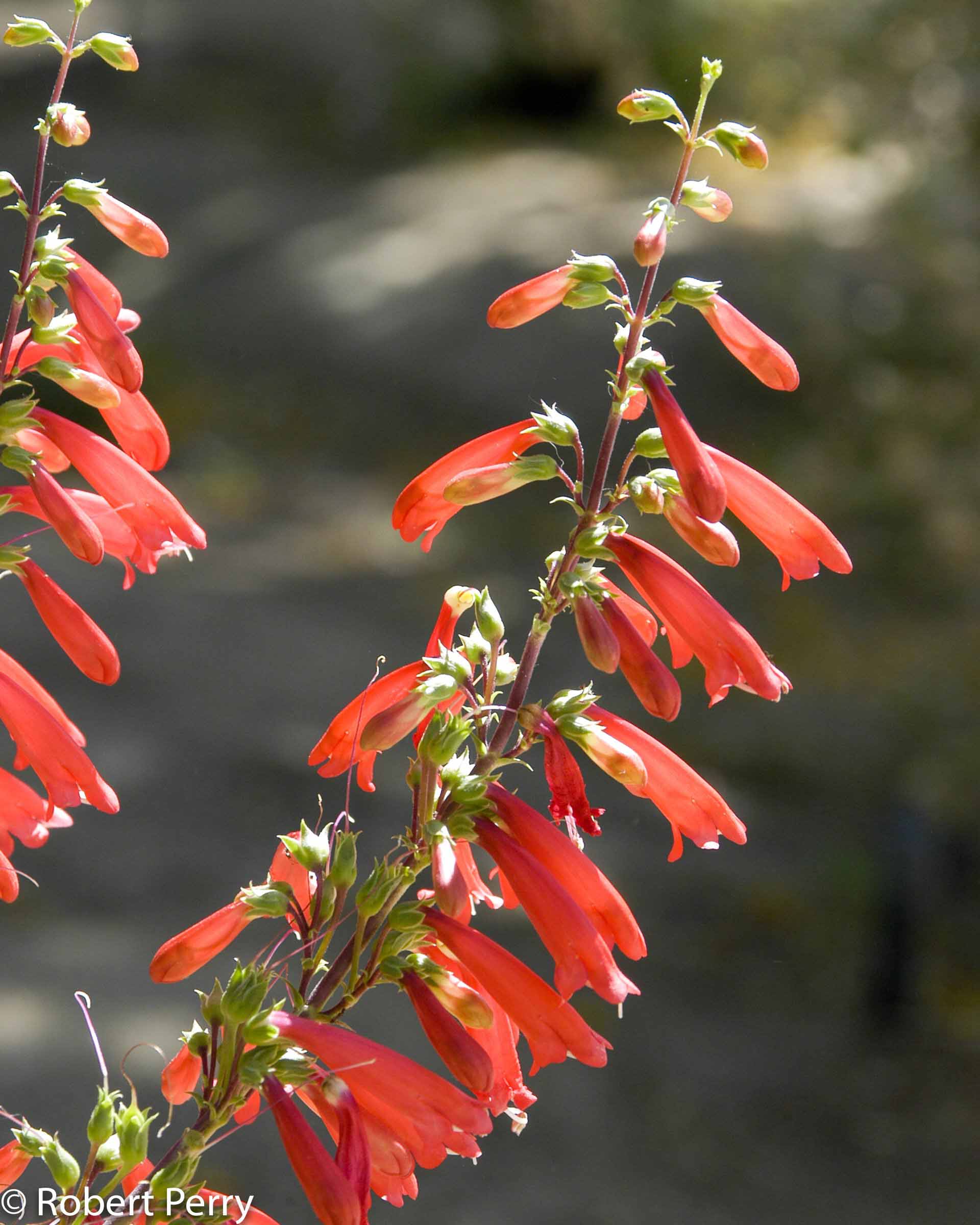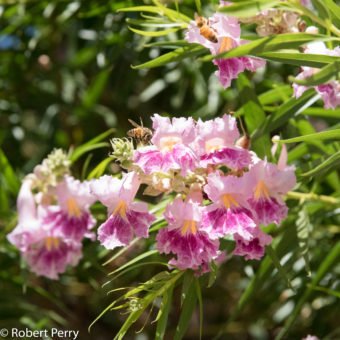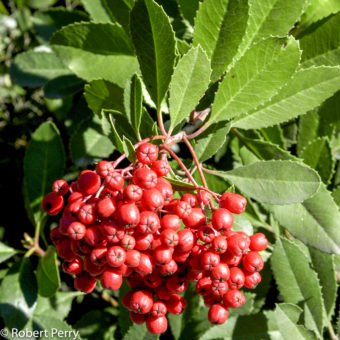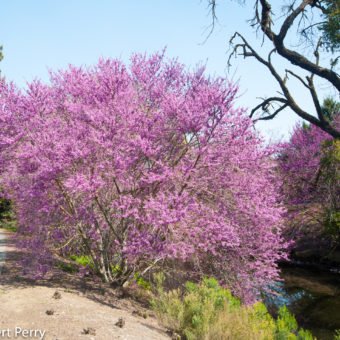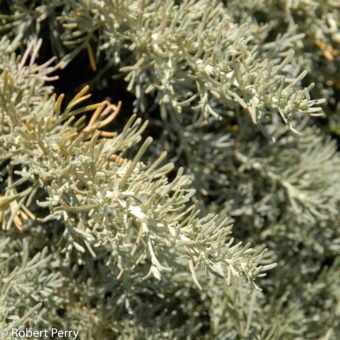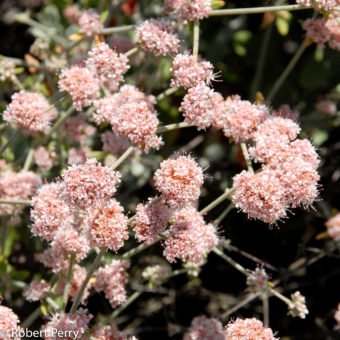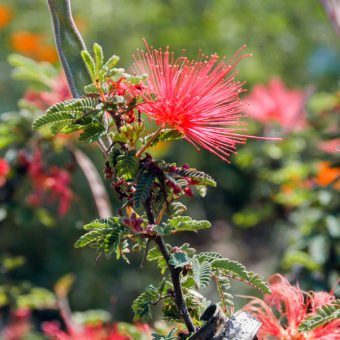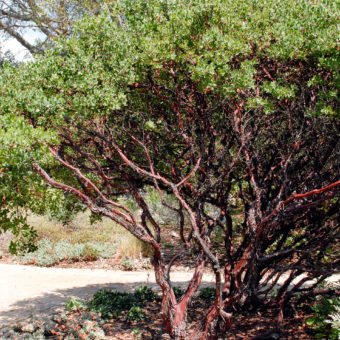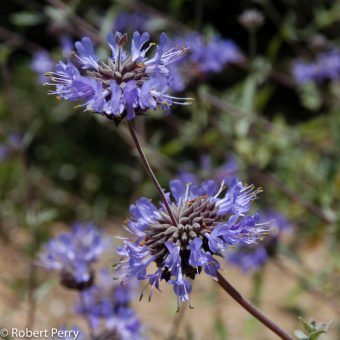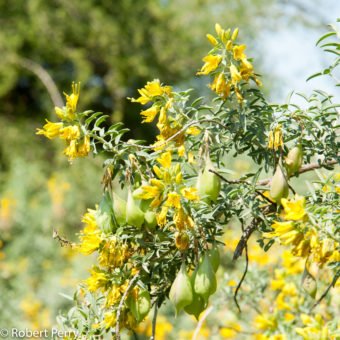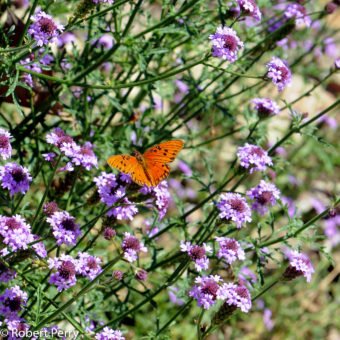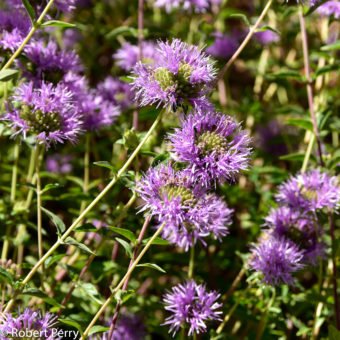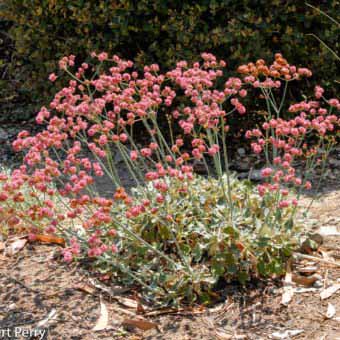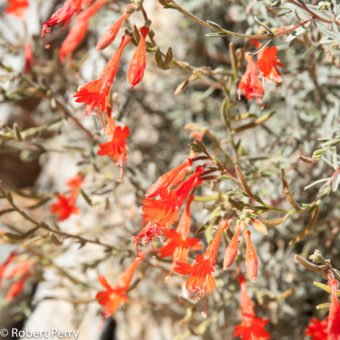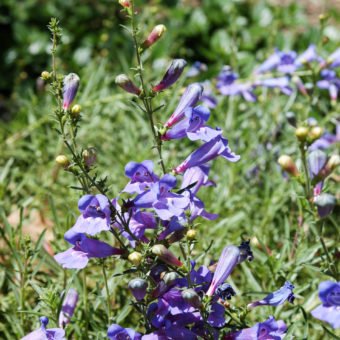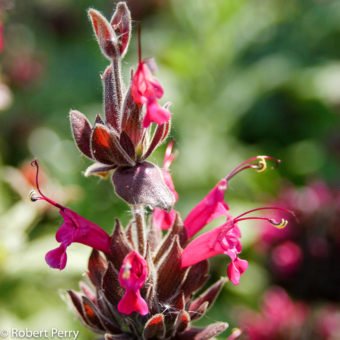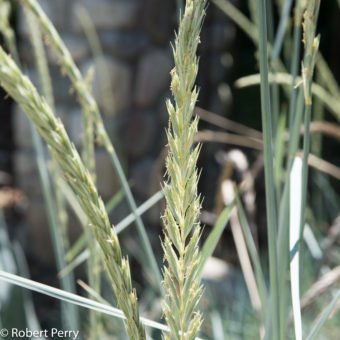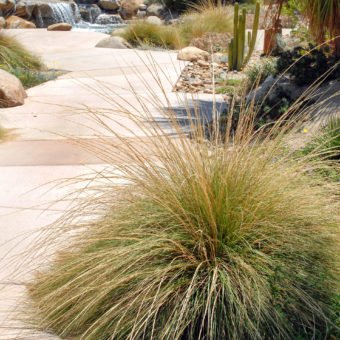California Native Color Garden
The California Native Color Garden design features a long-blooming colorful collection of favorite and easy-to-grow California native plants for home gardens. This plant collection provides a uniquely California look to your yard, while maintaining a focus on color, including green, blue, and grey leaves and flowers. While not as directly focused on wildlife as some of our other garden design options, these plants provide great food sources for a diversity of pollinators, butterflies, and birds.
Design plans
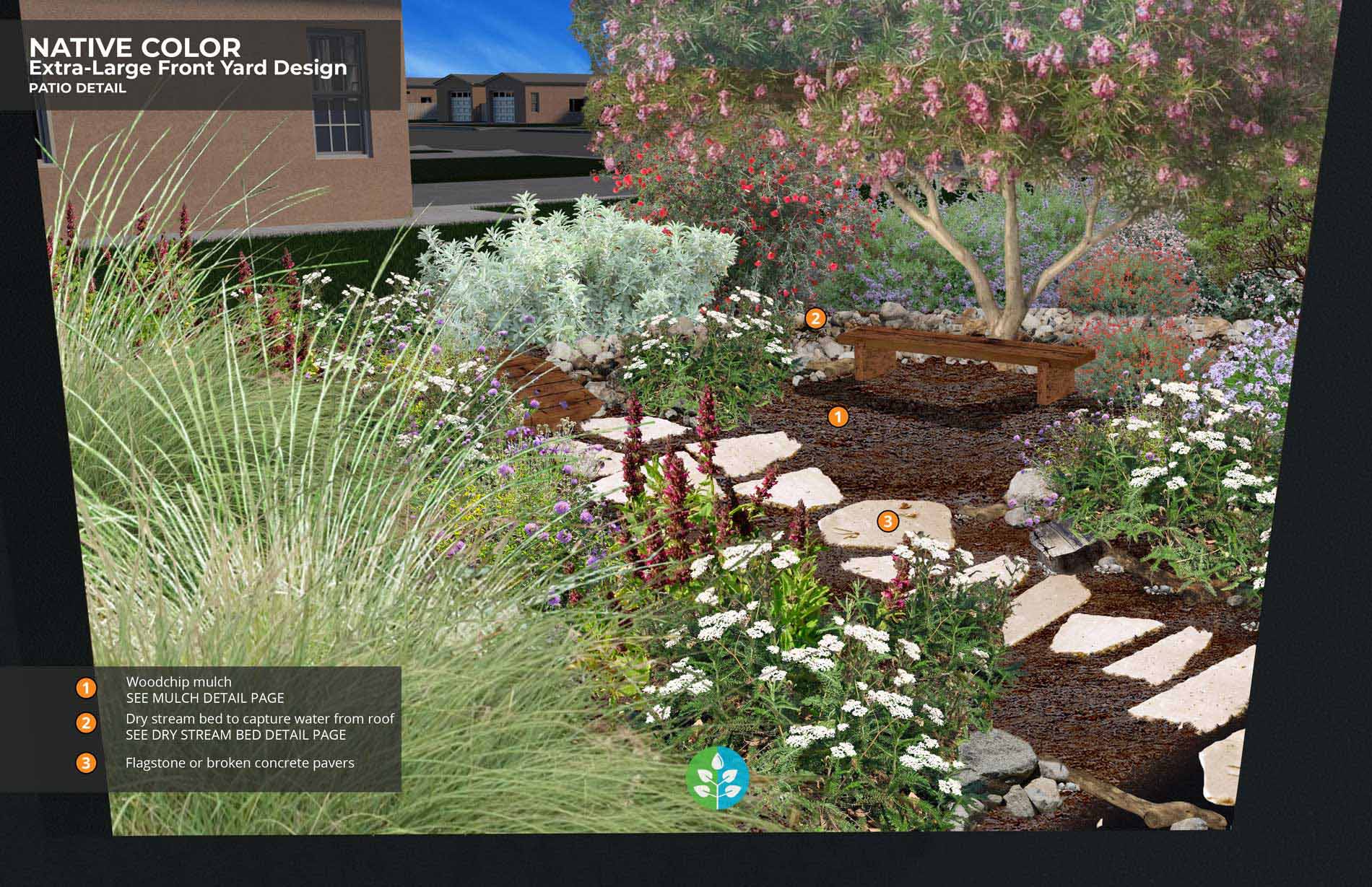
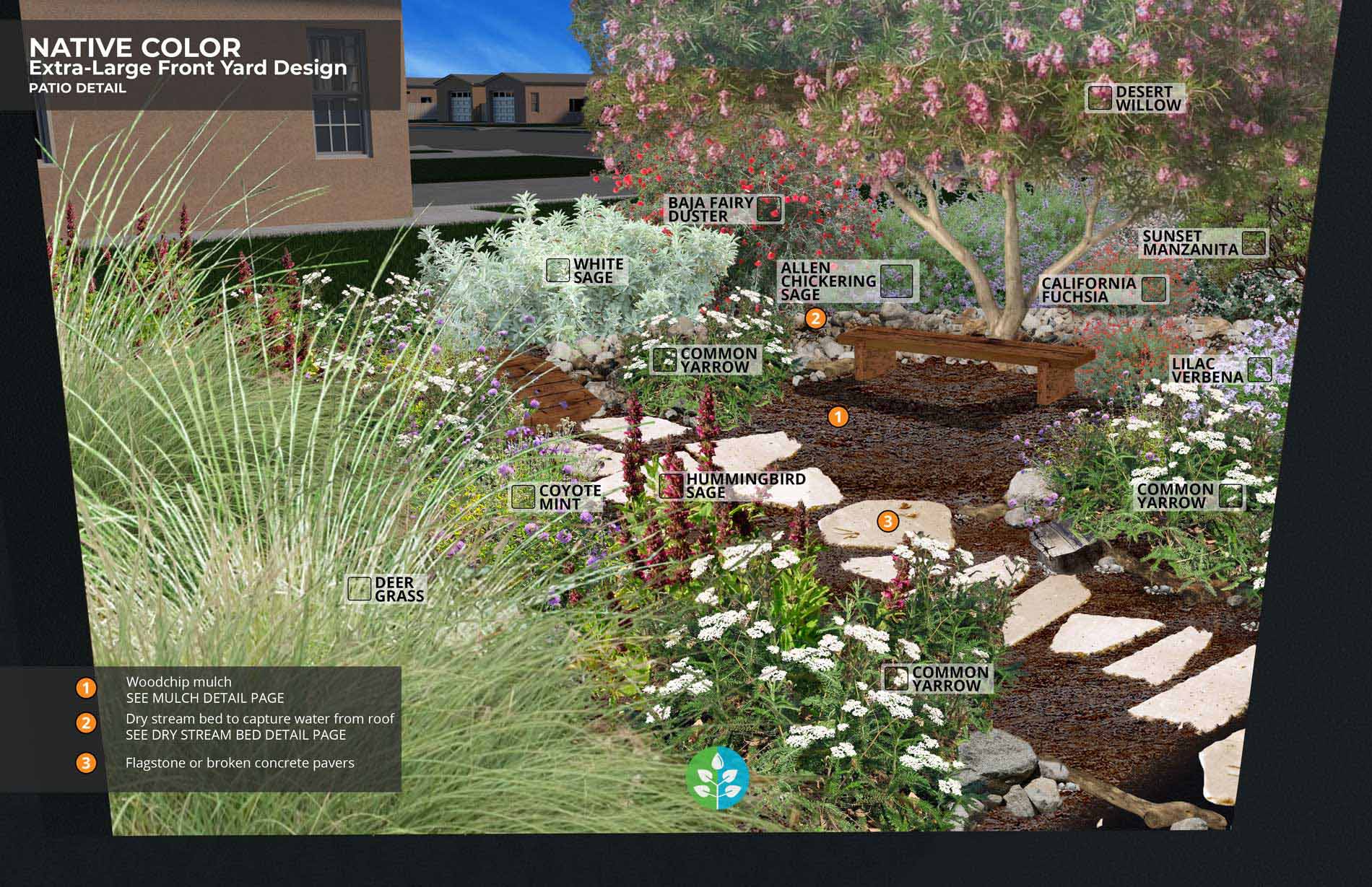
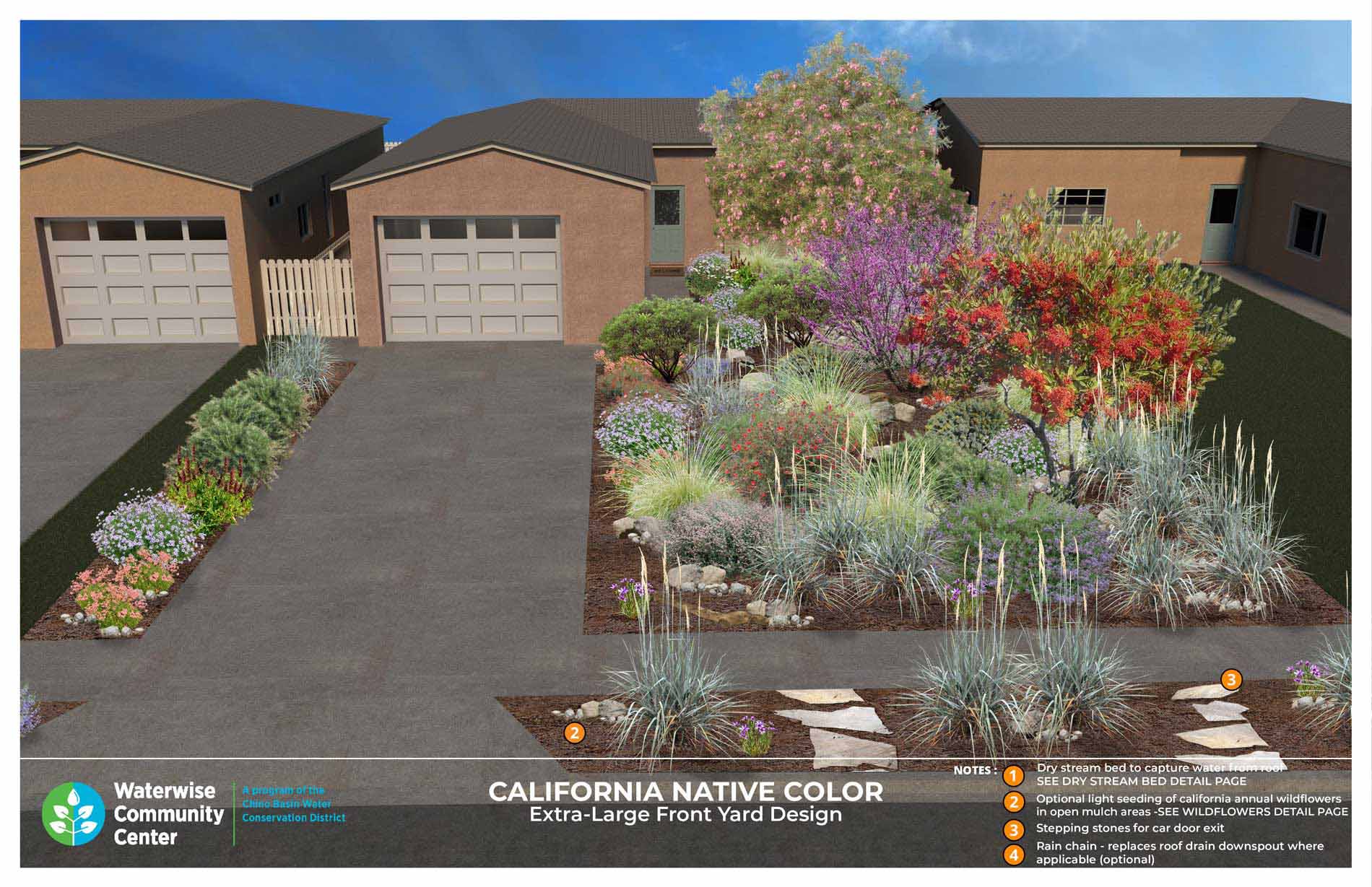
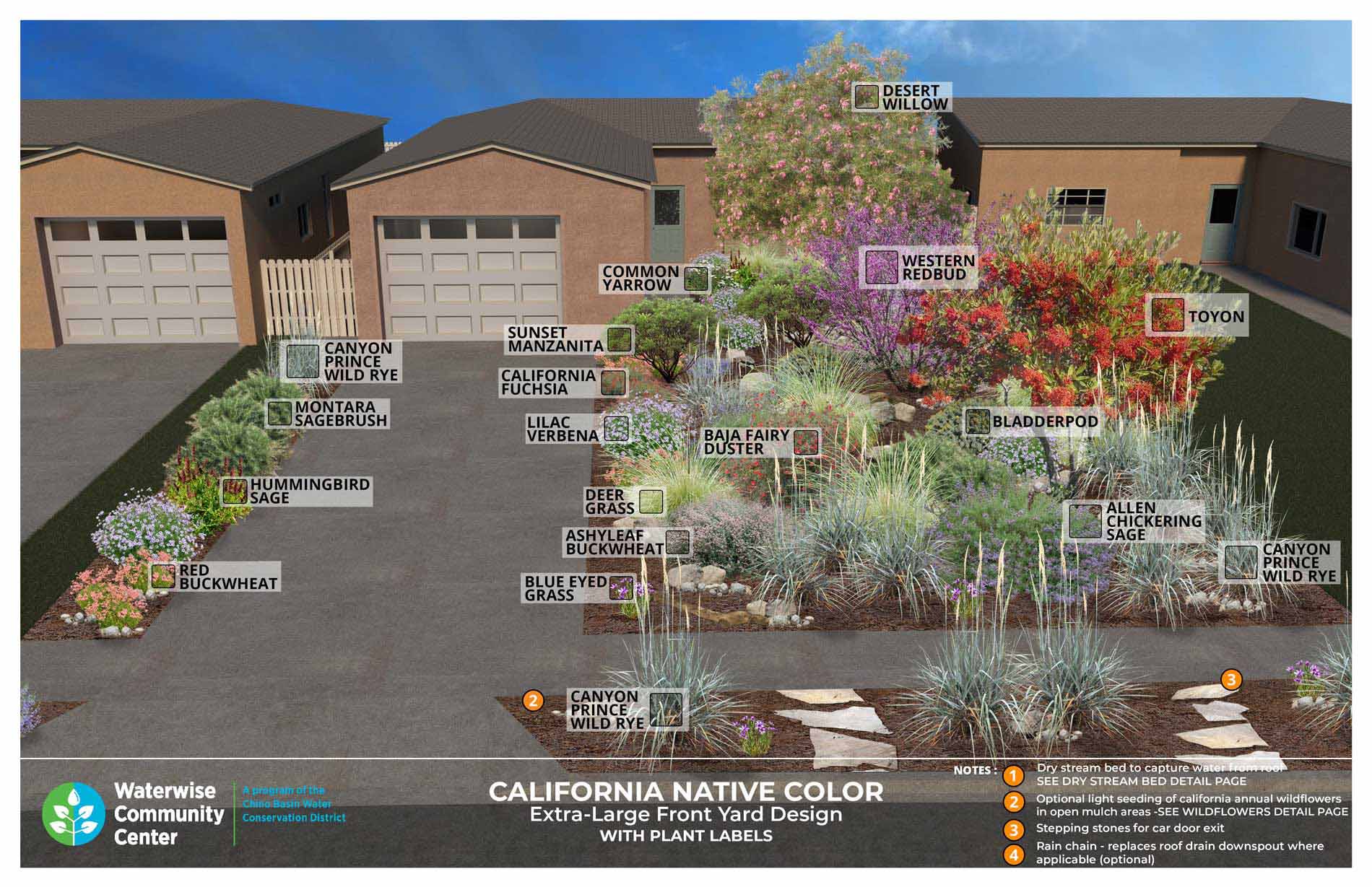
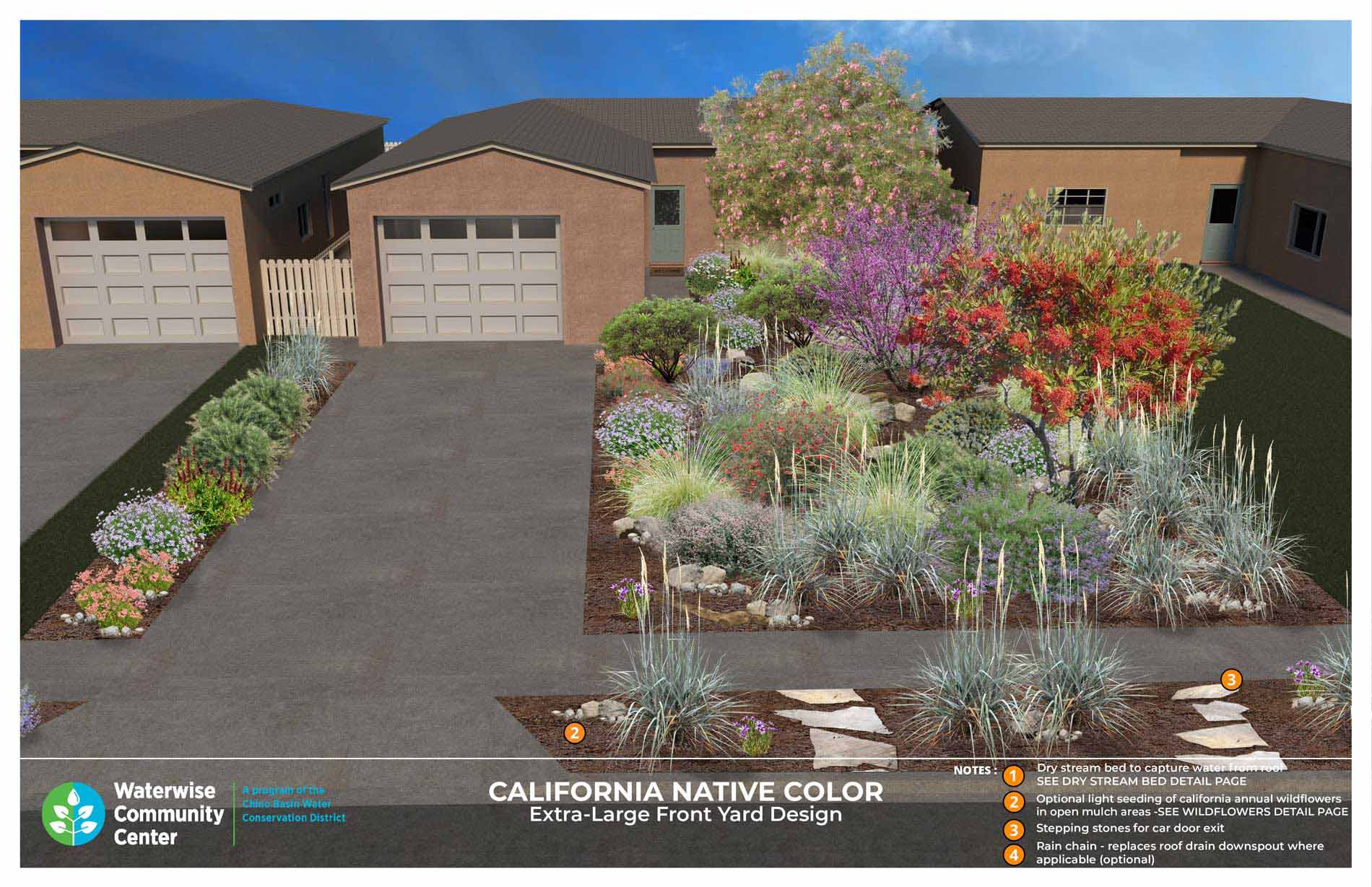
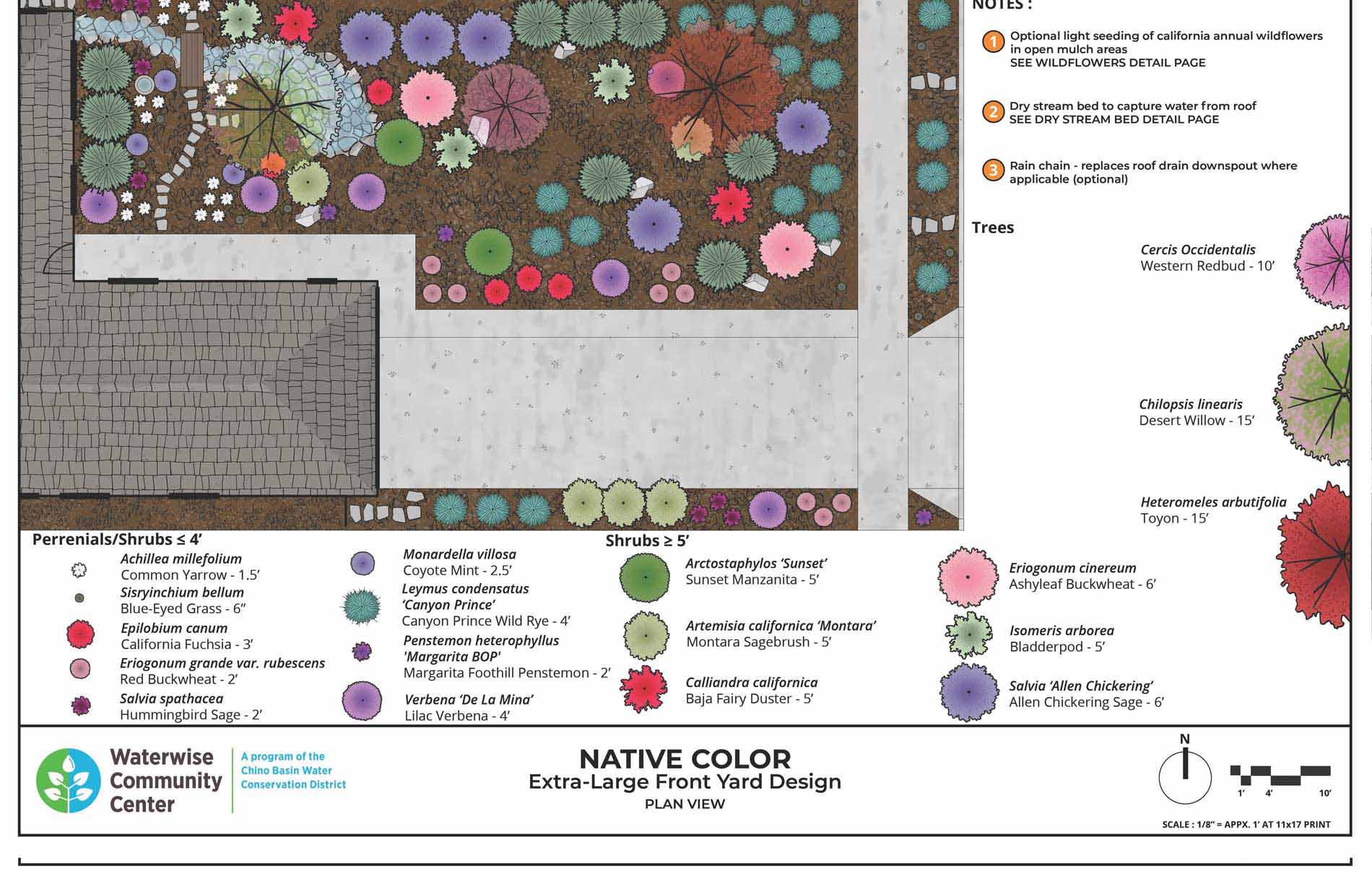
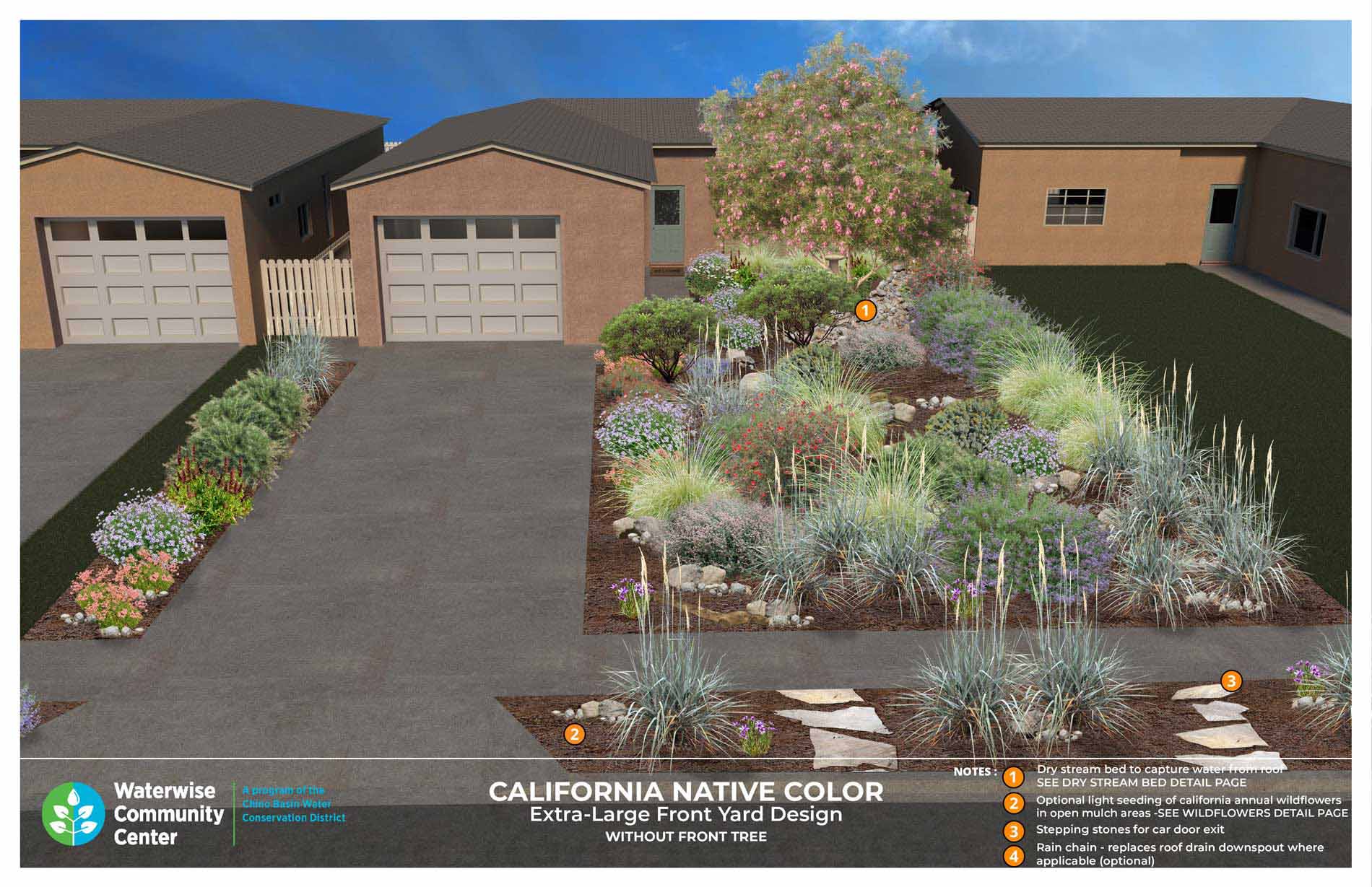
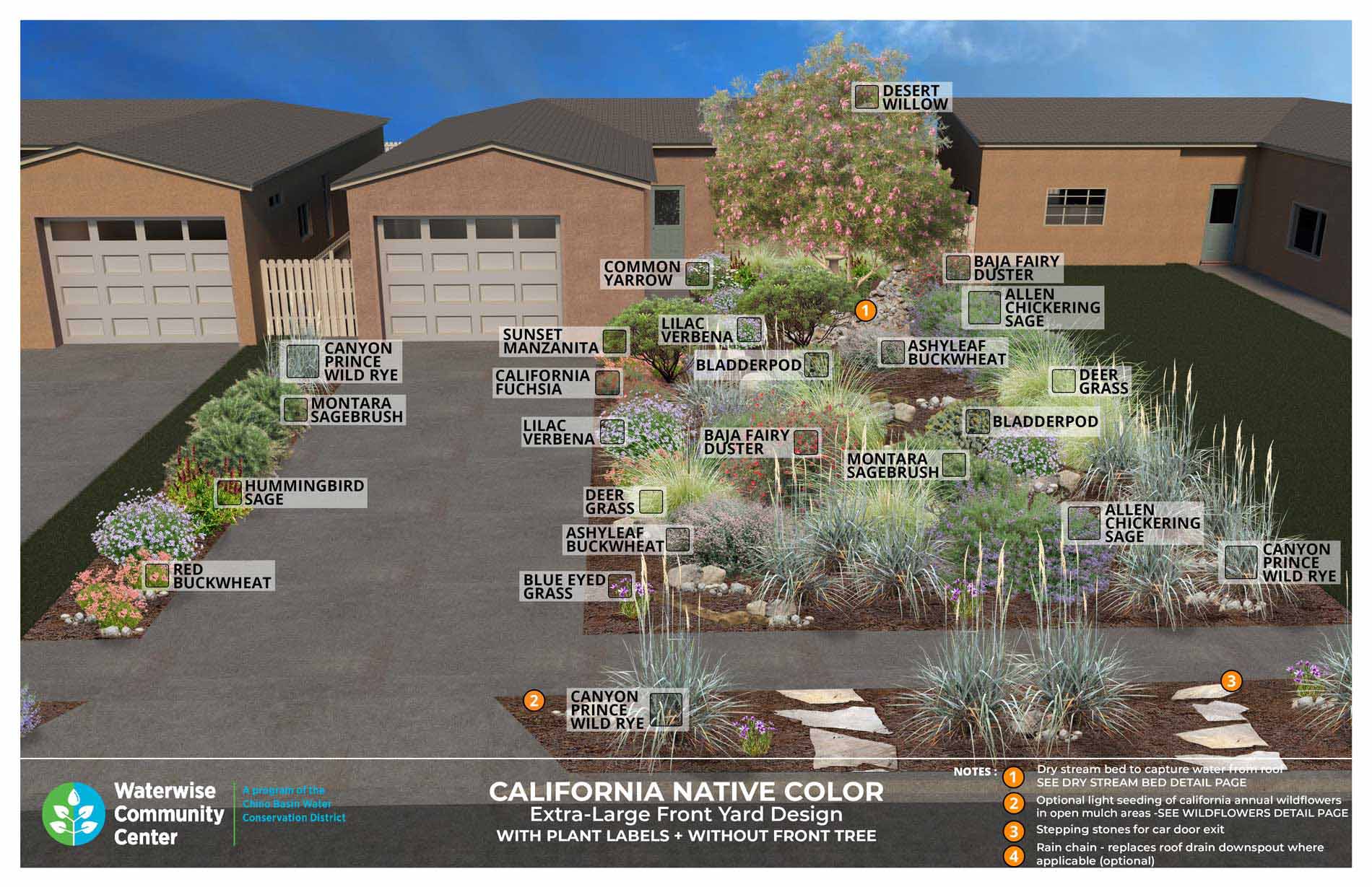
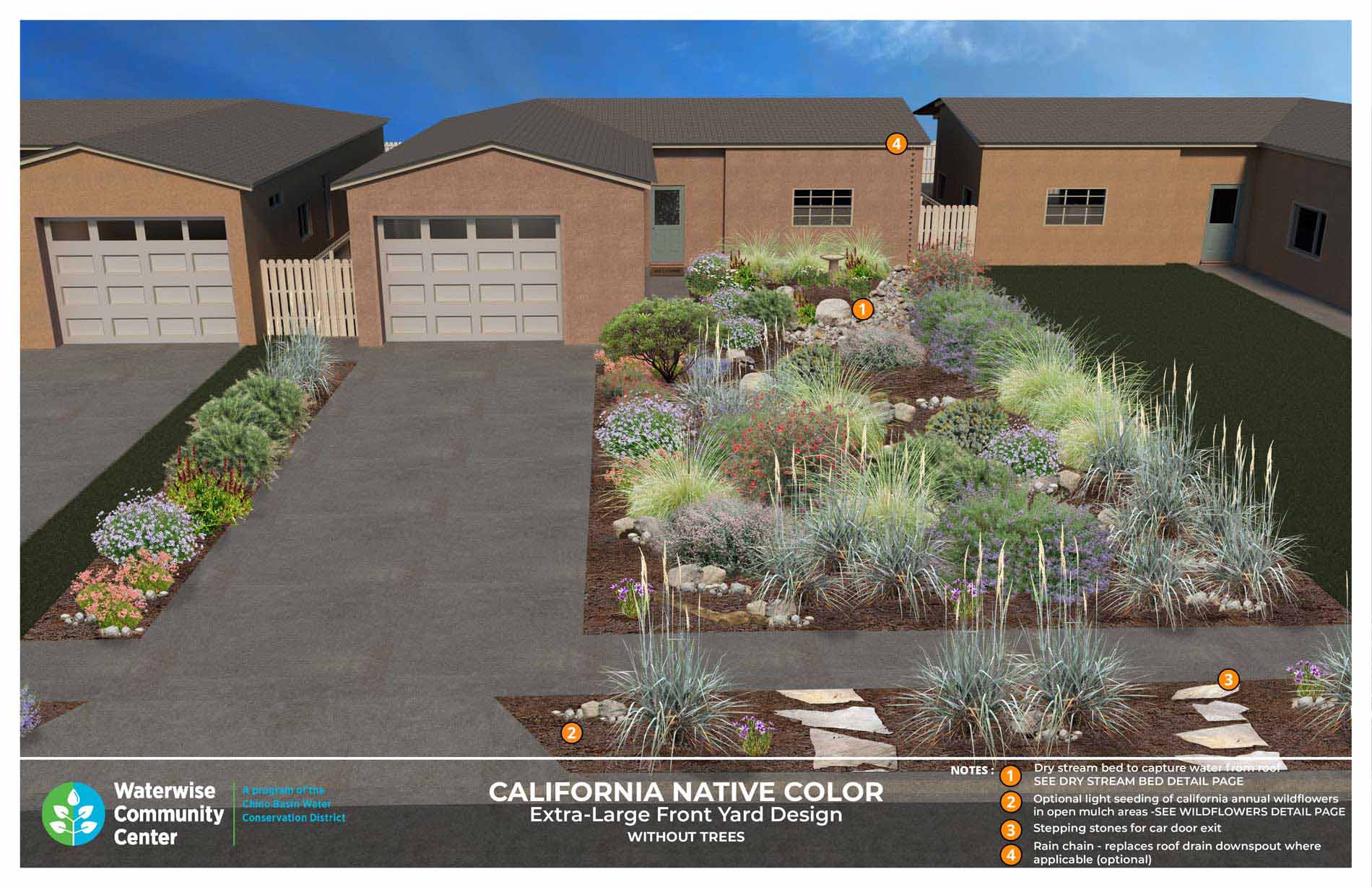
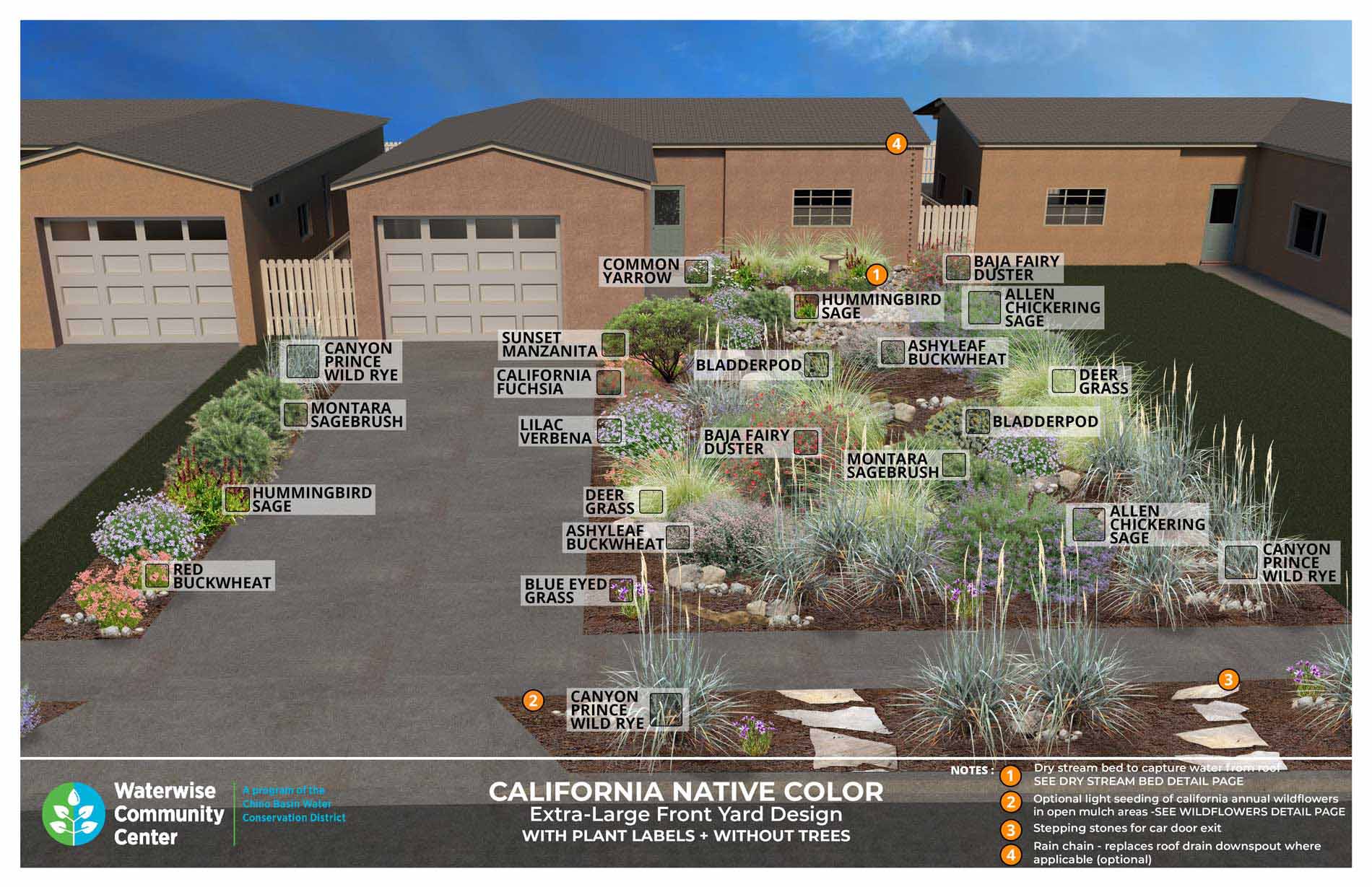
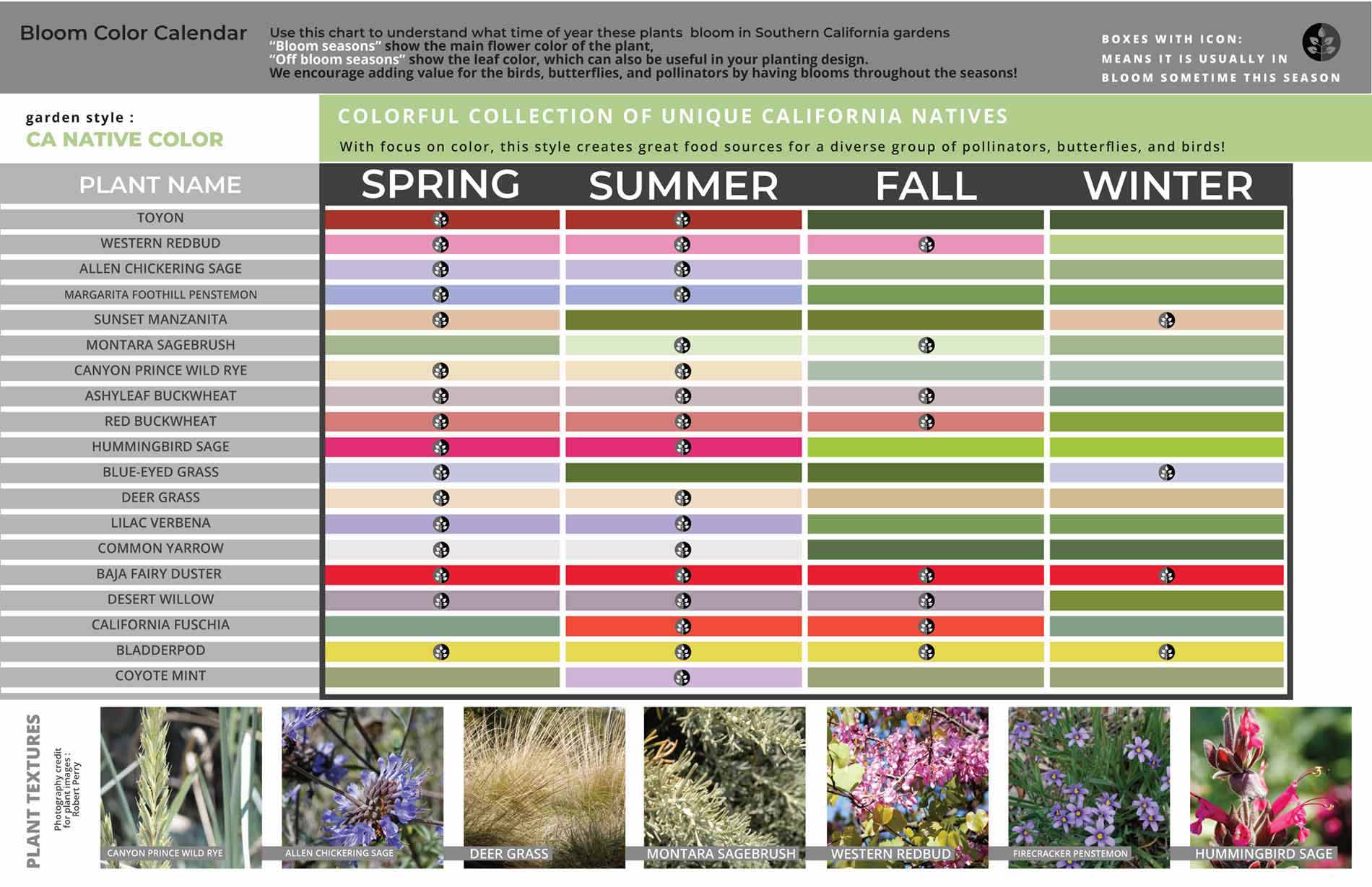
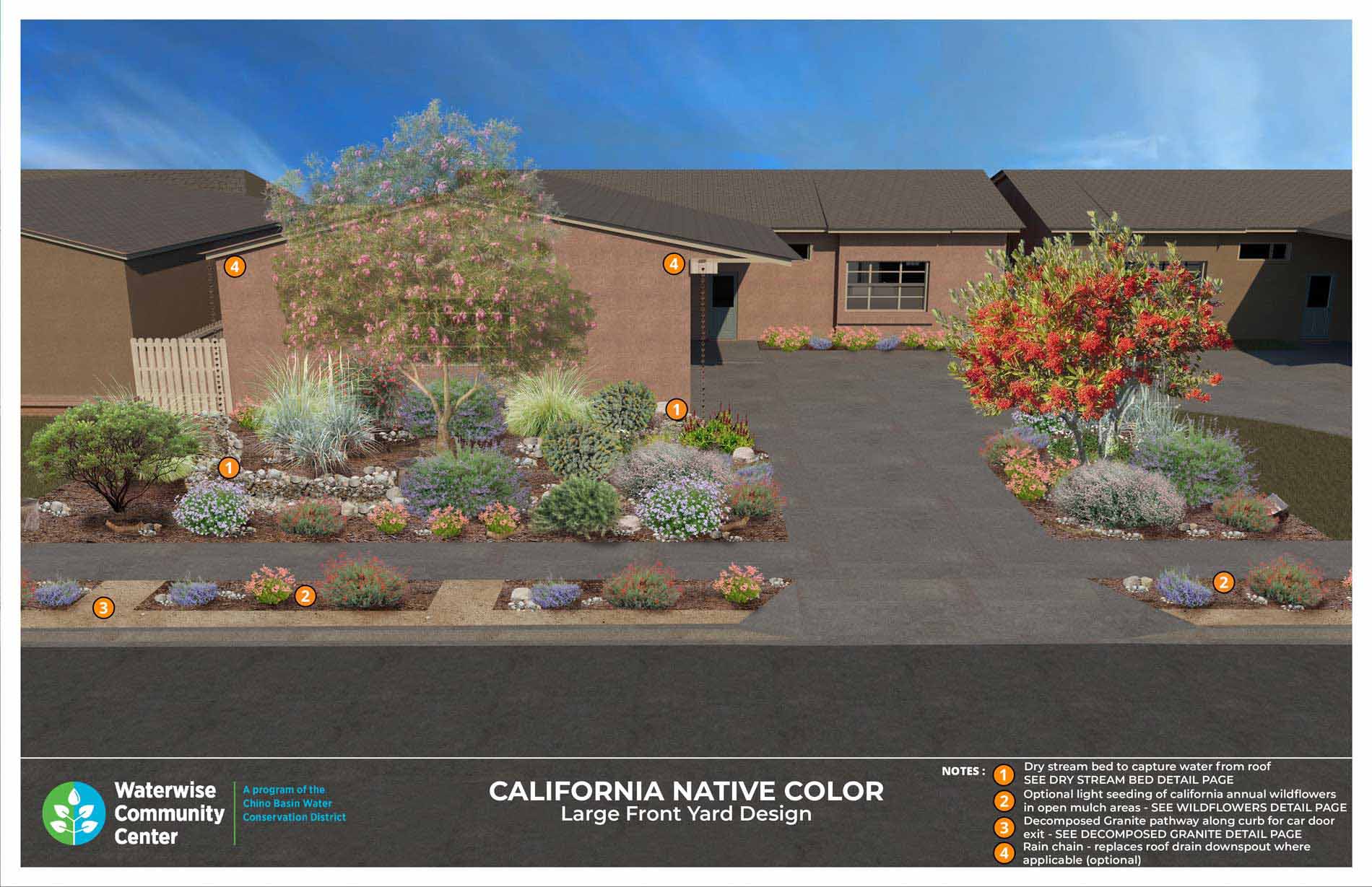
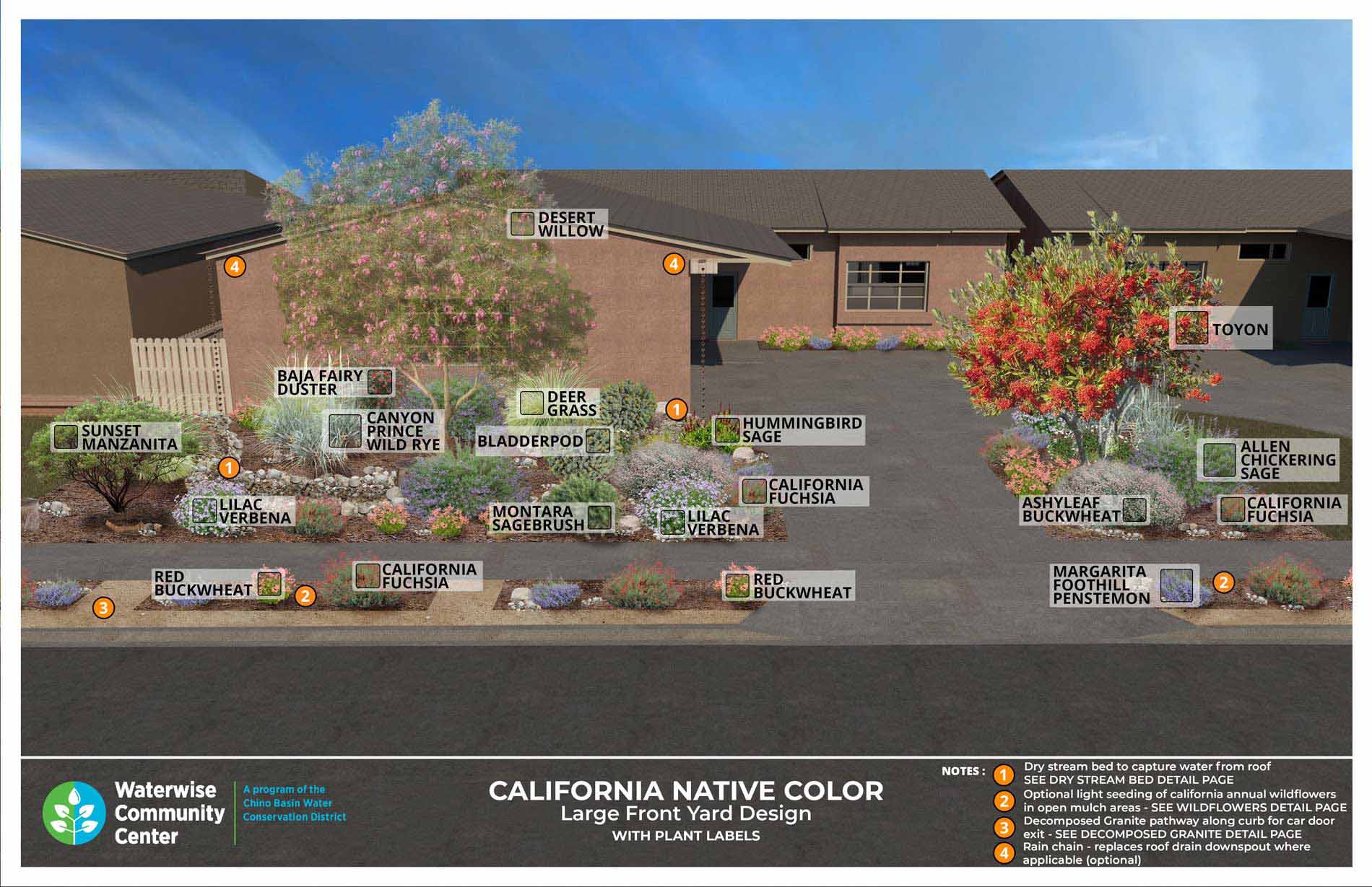
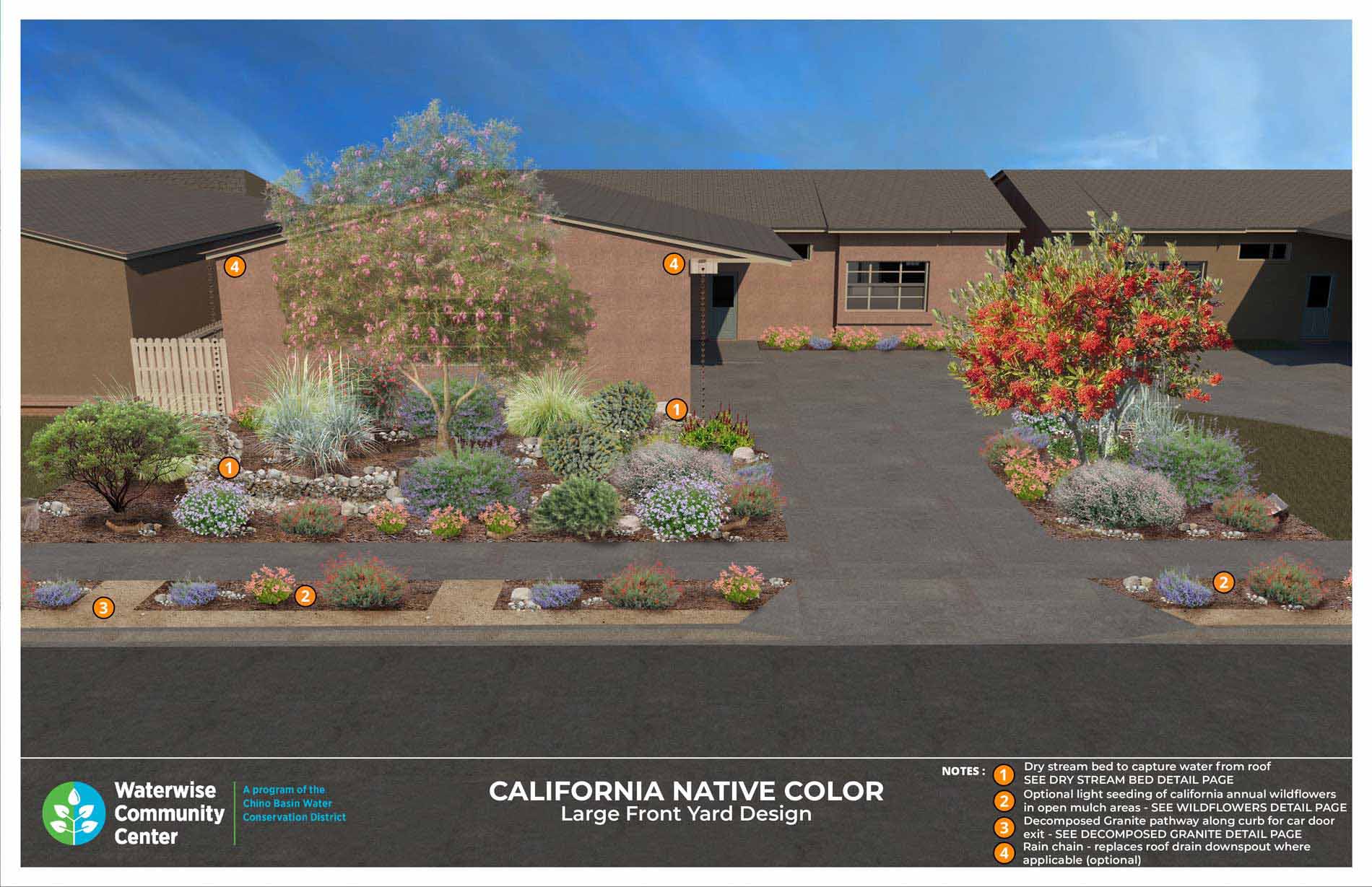
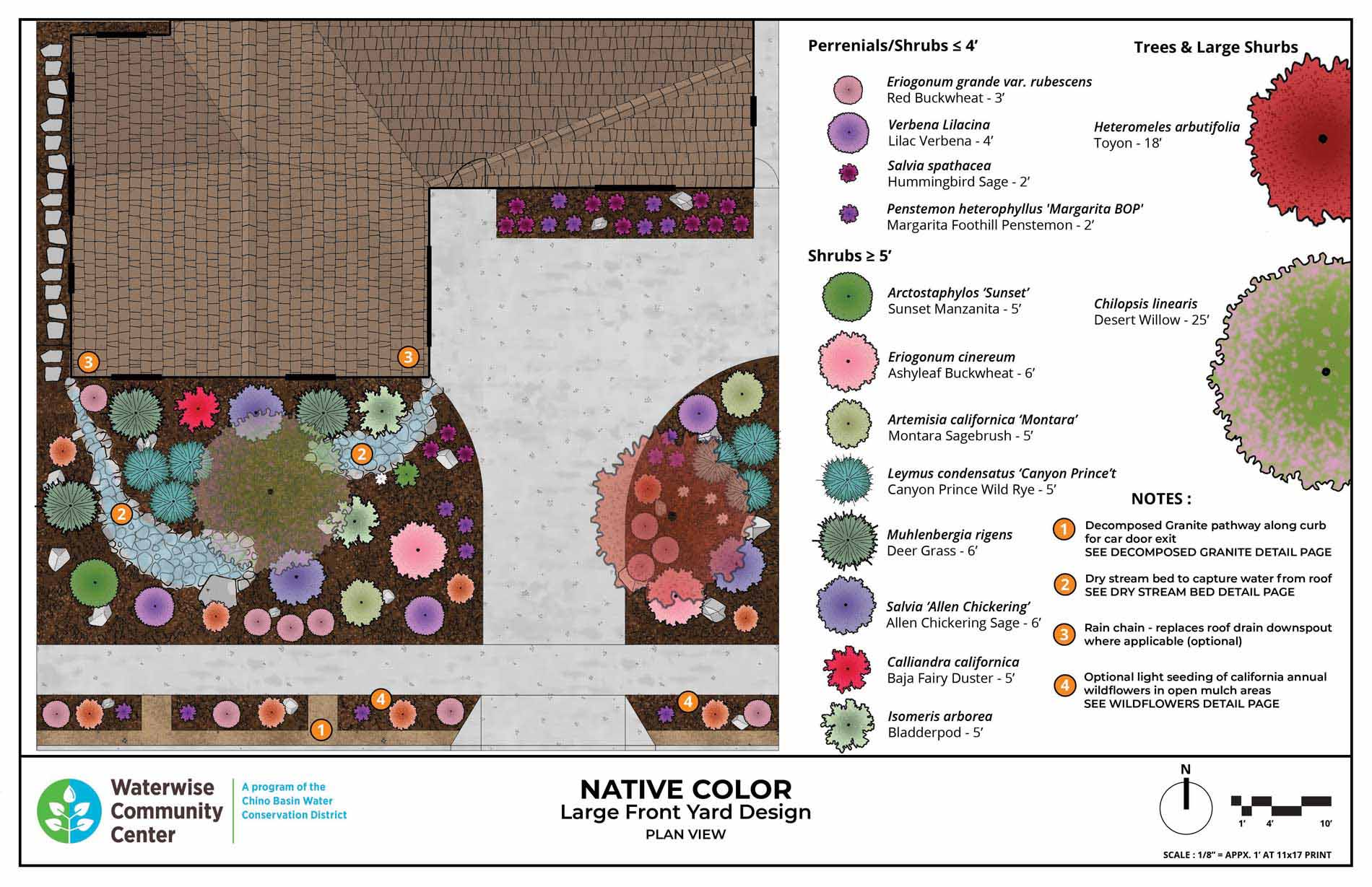
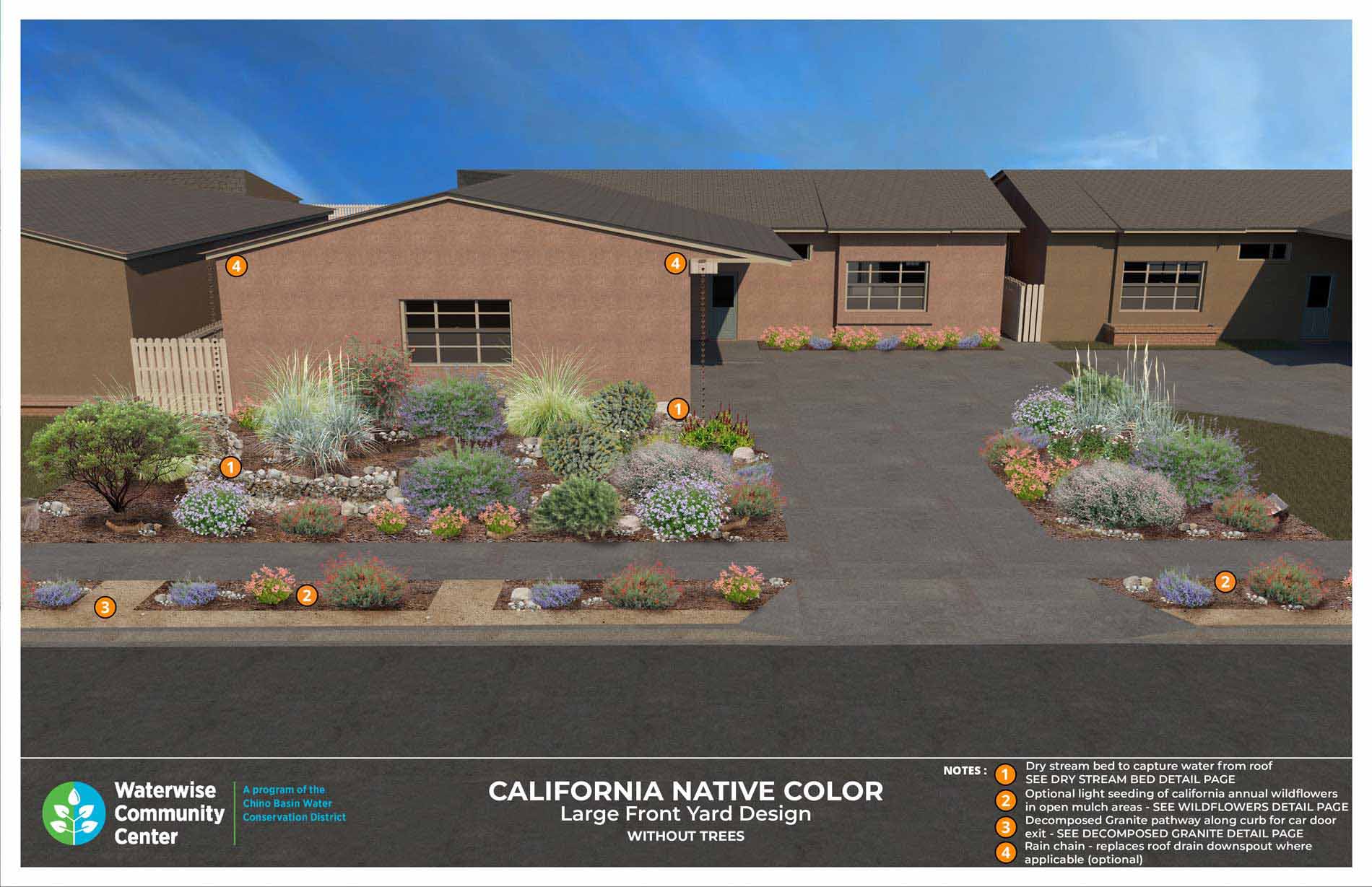
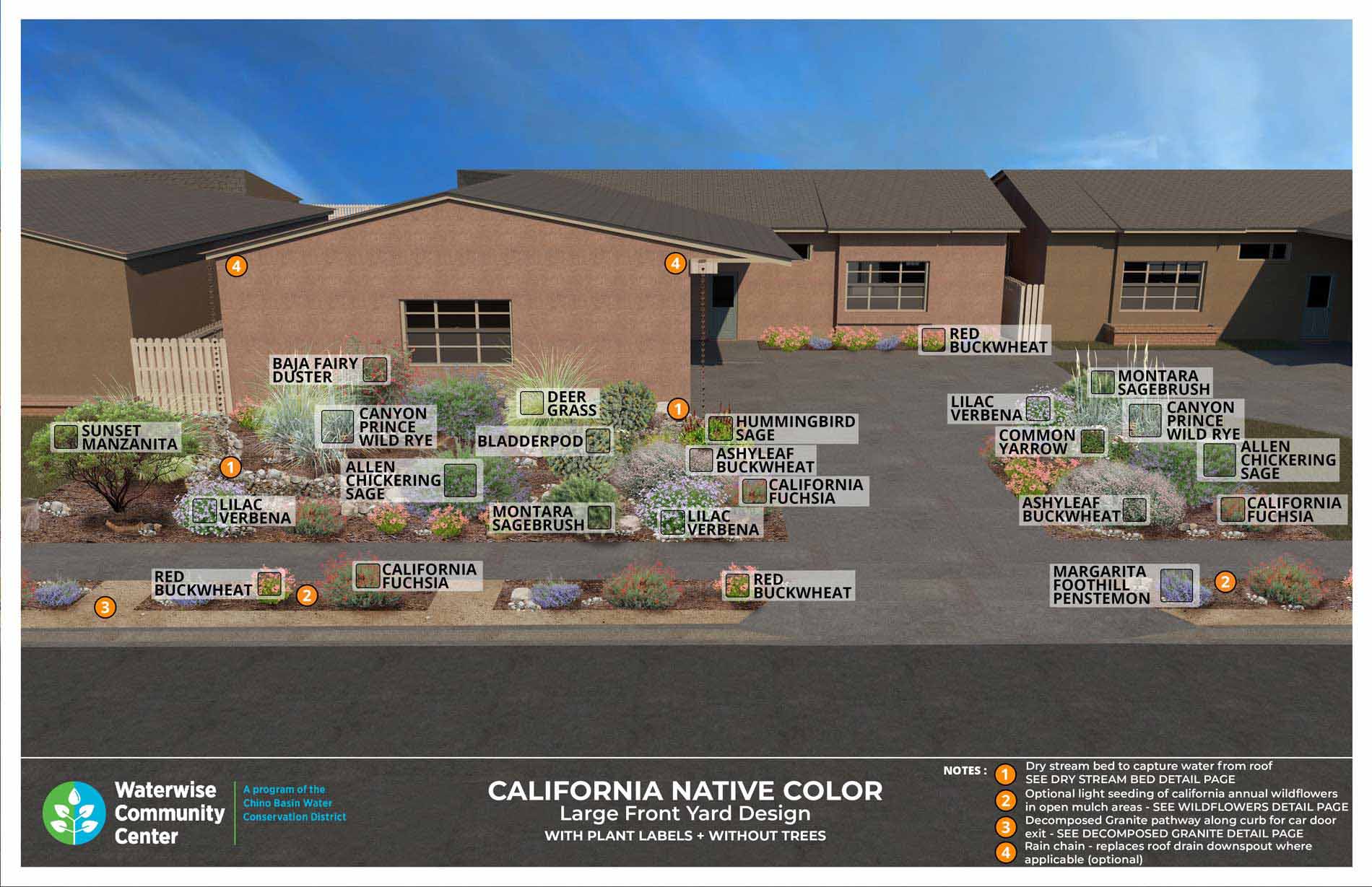

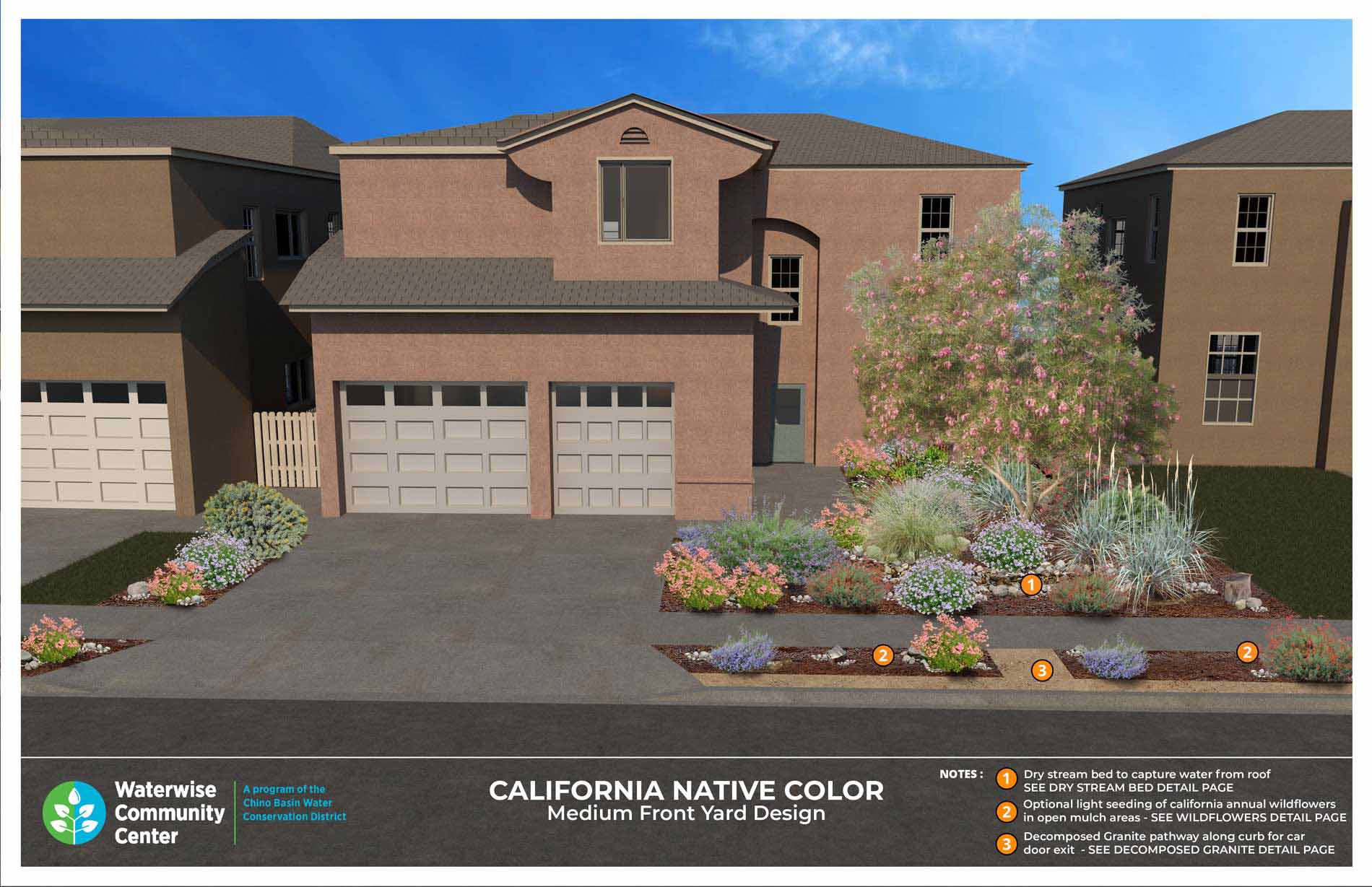
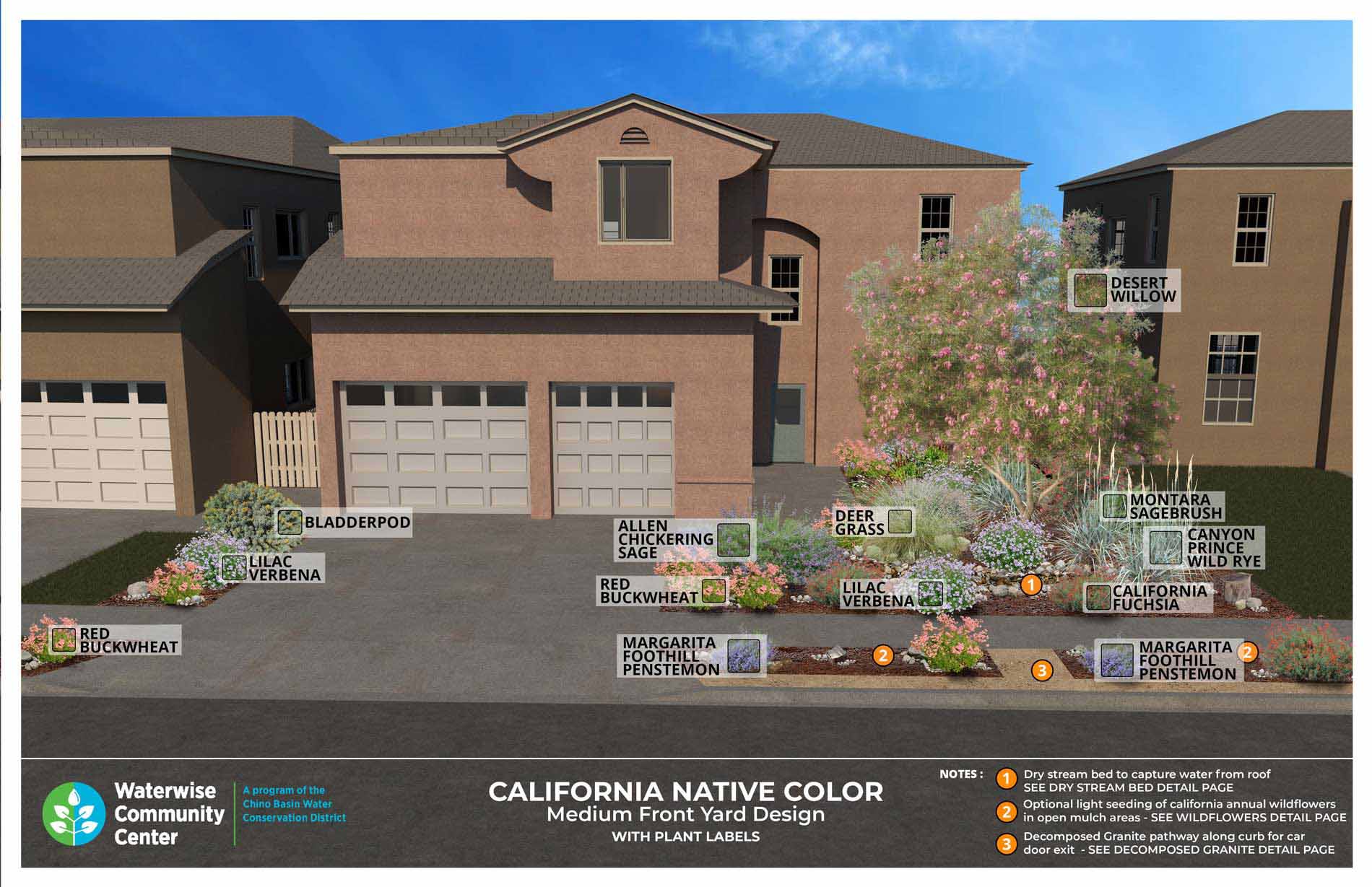
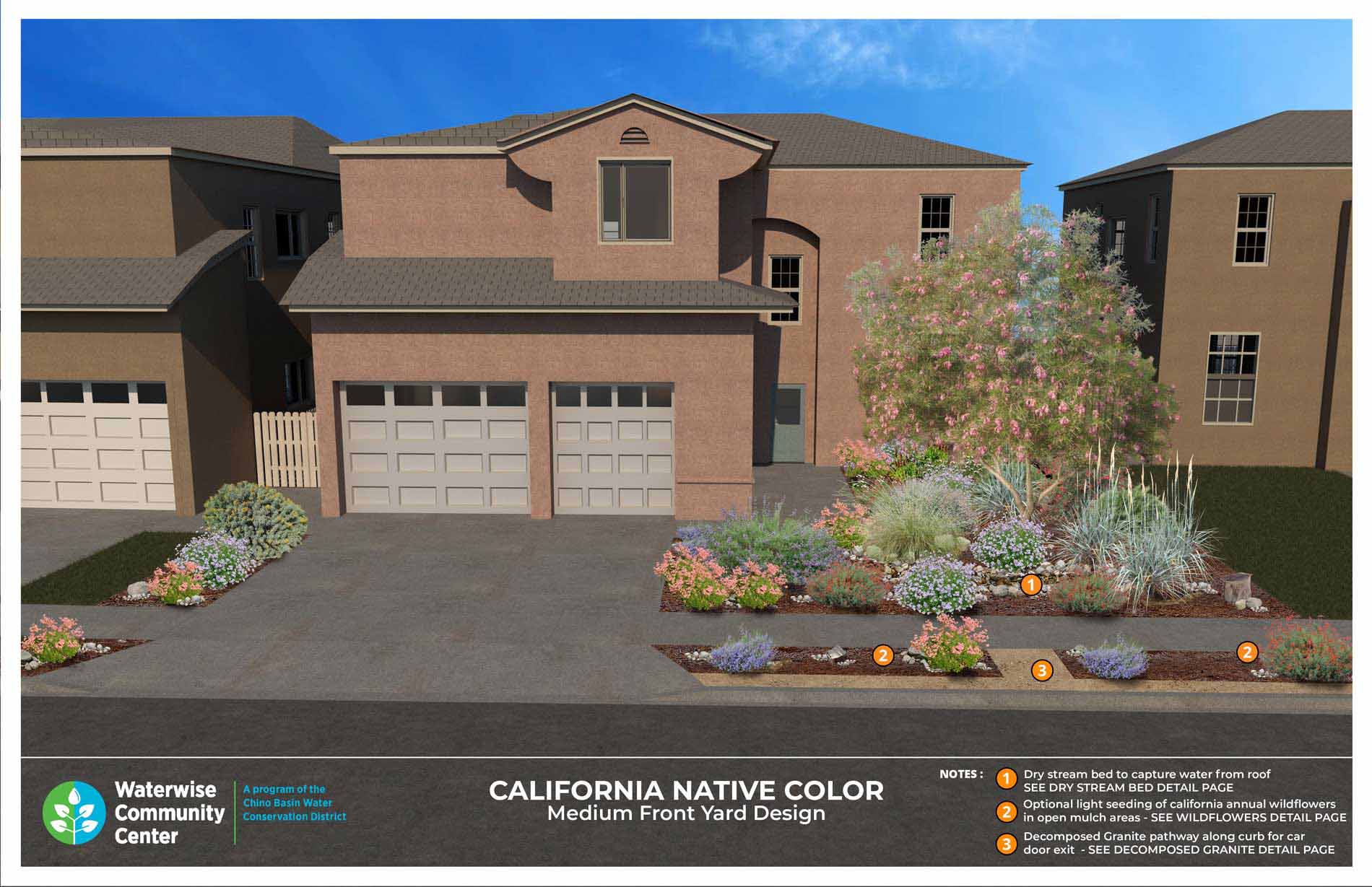
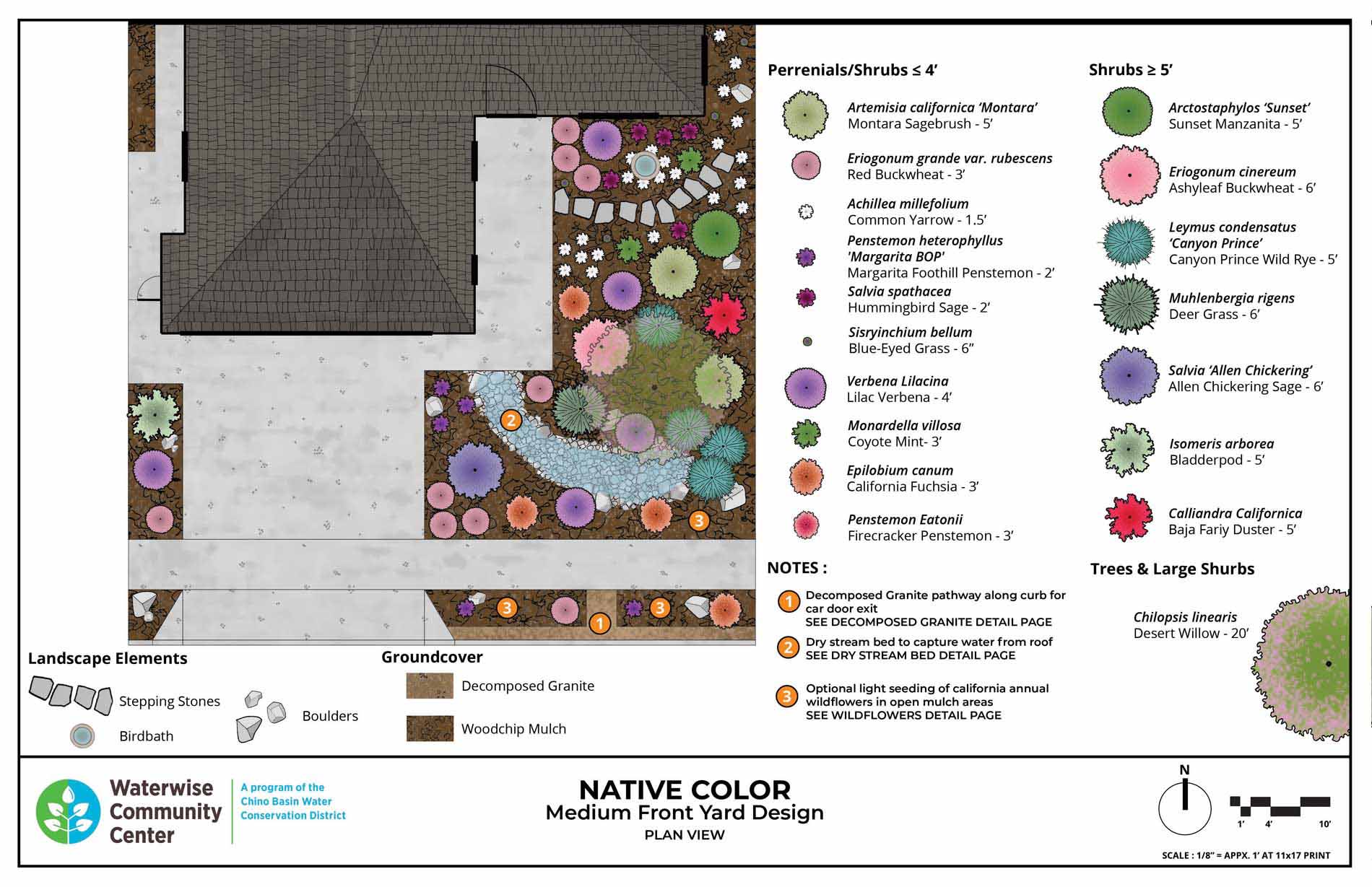
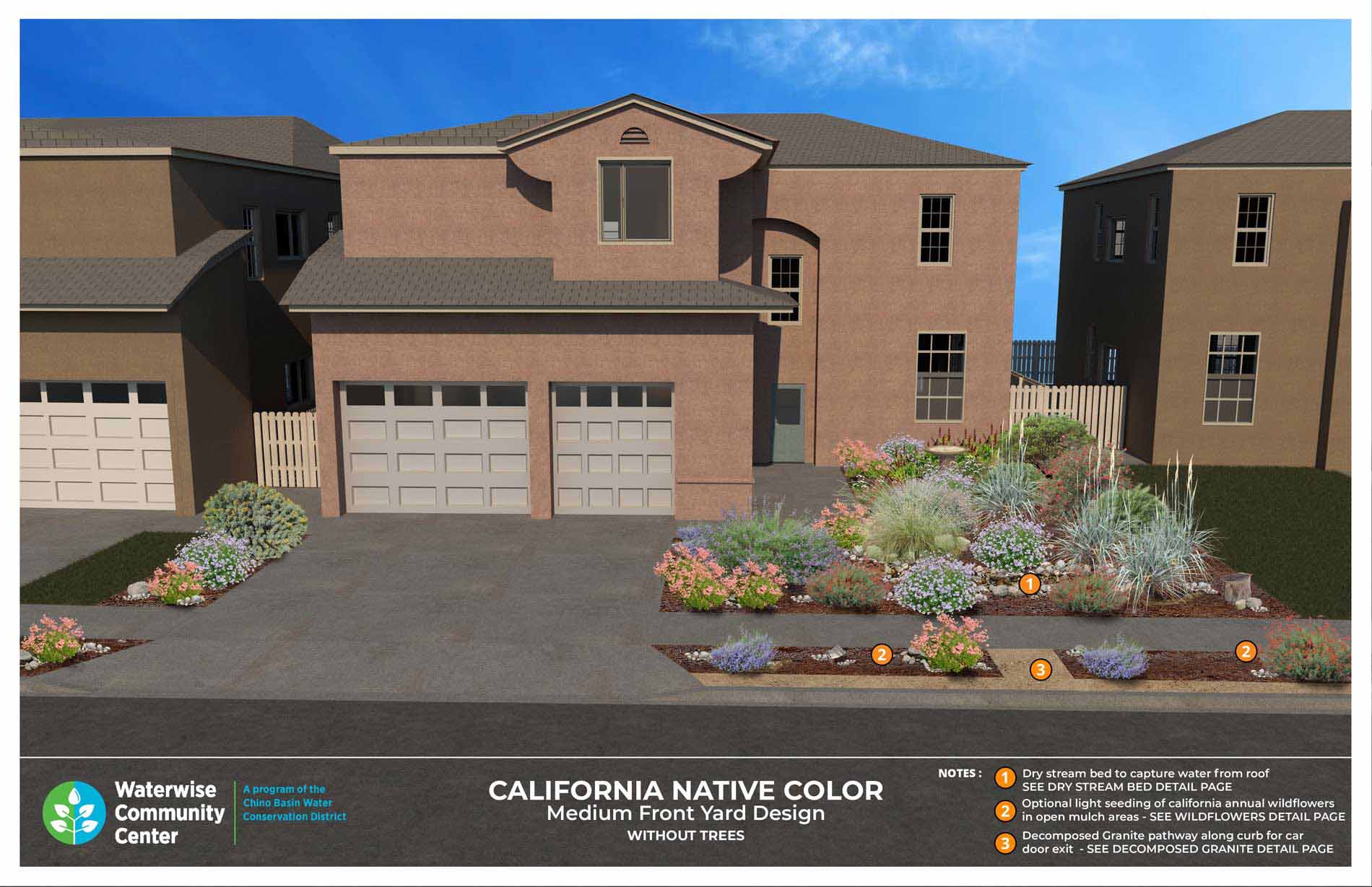
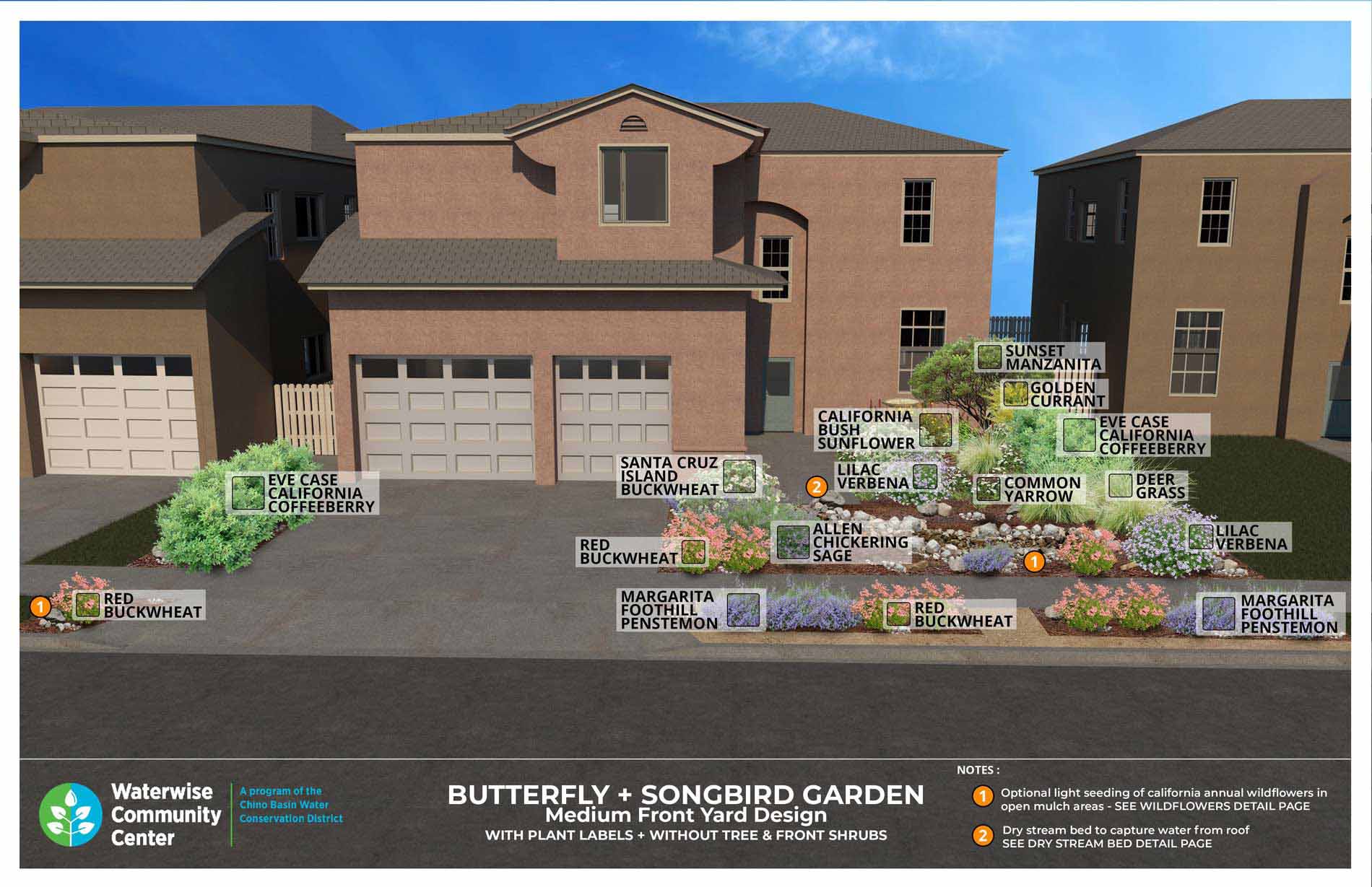

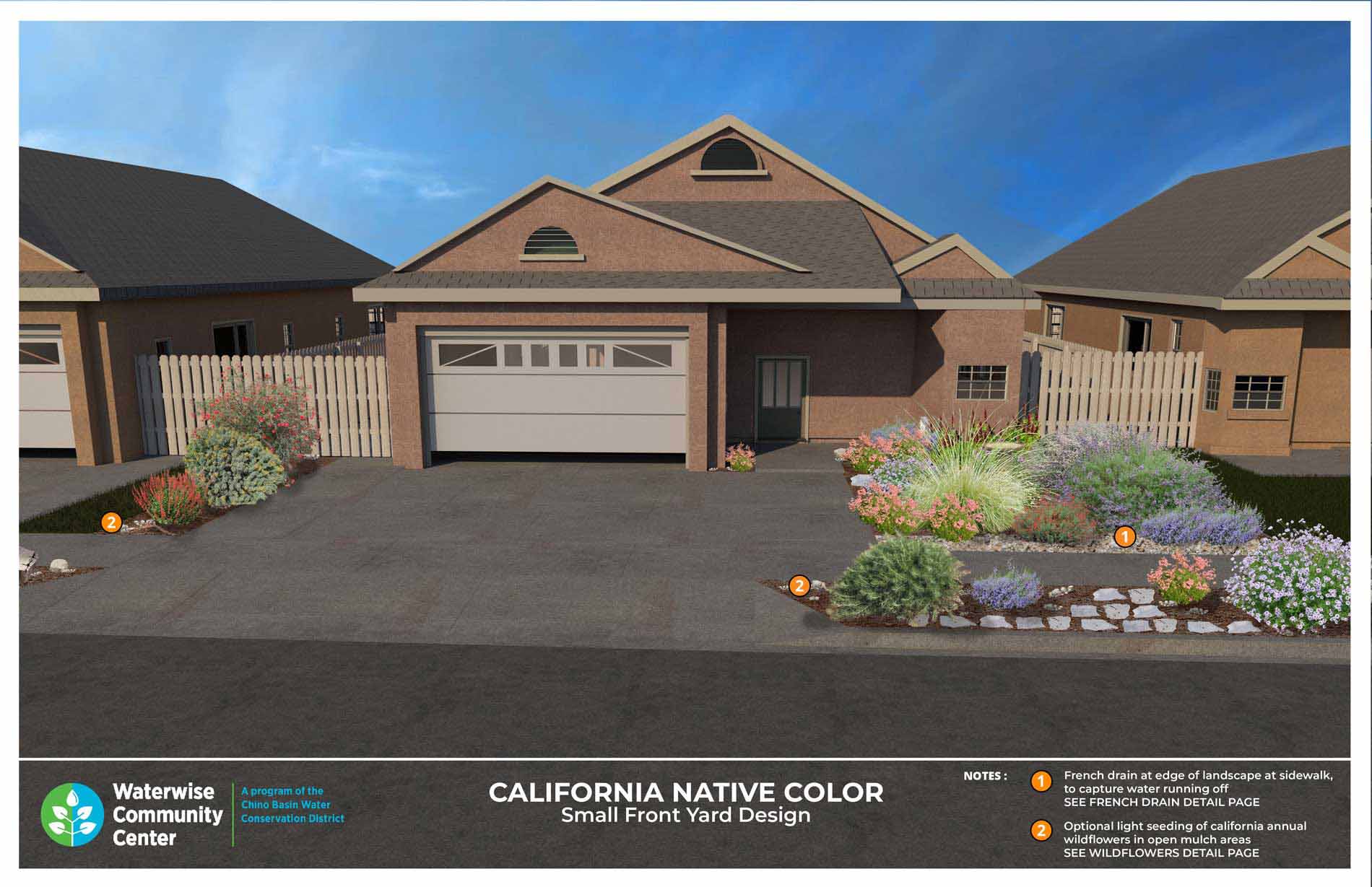
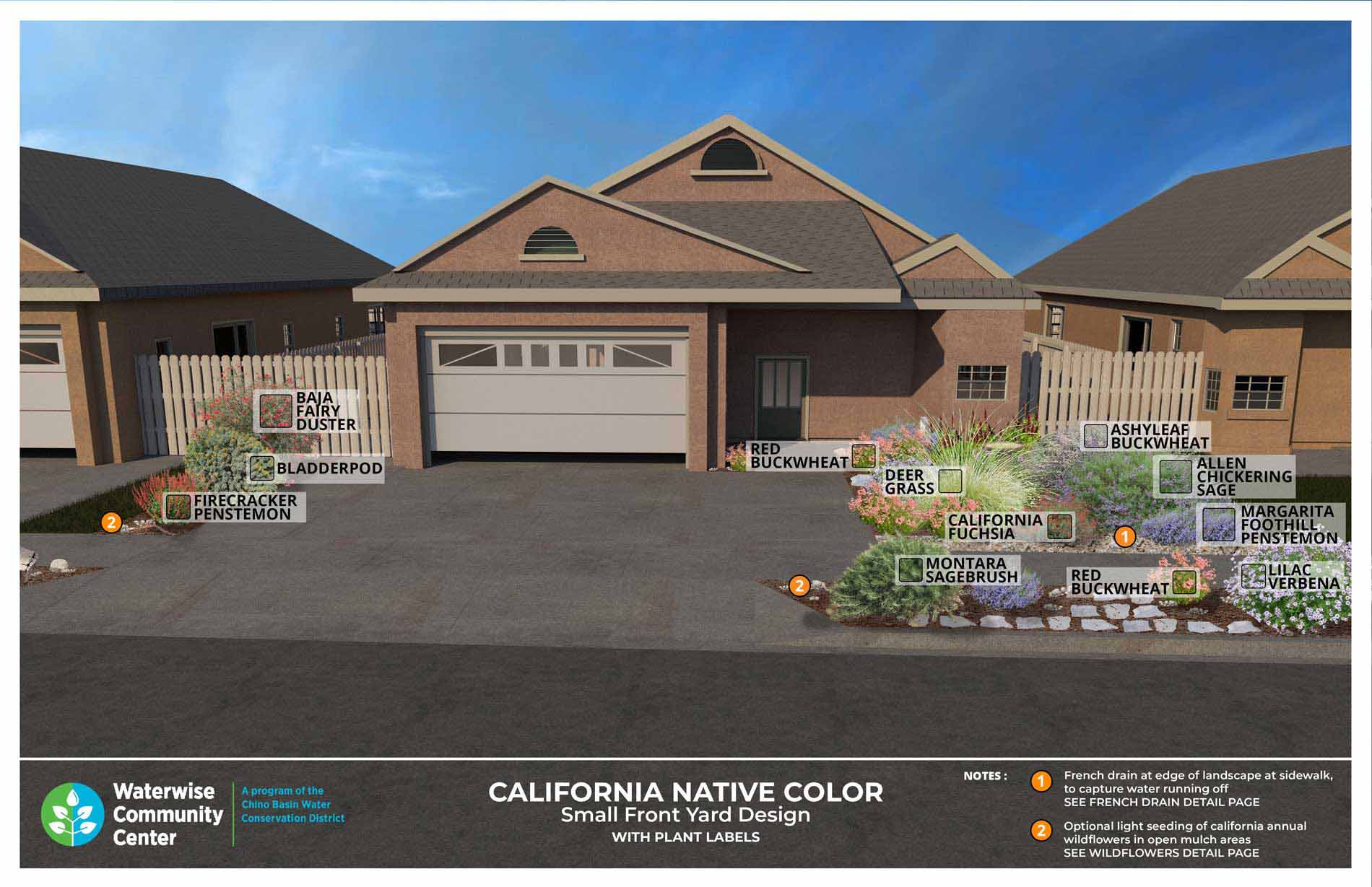
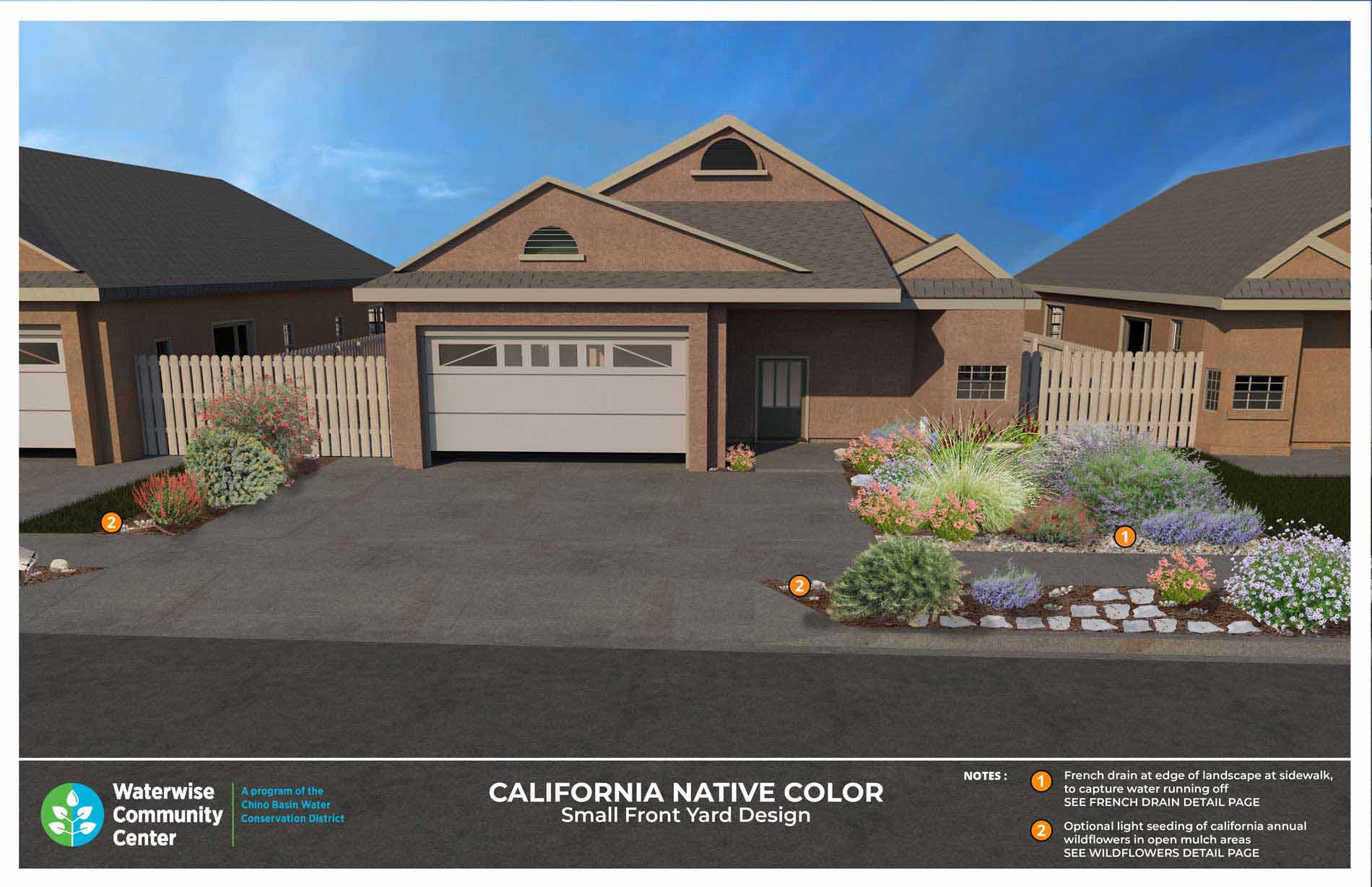
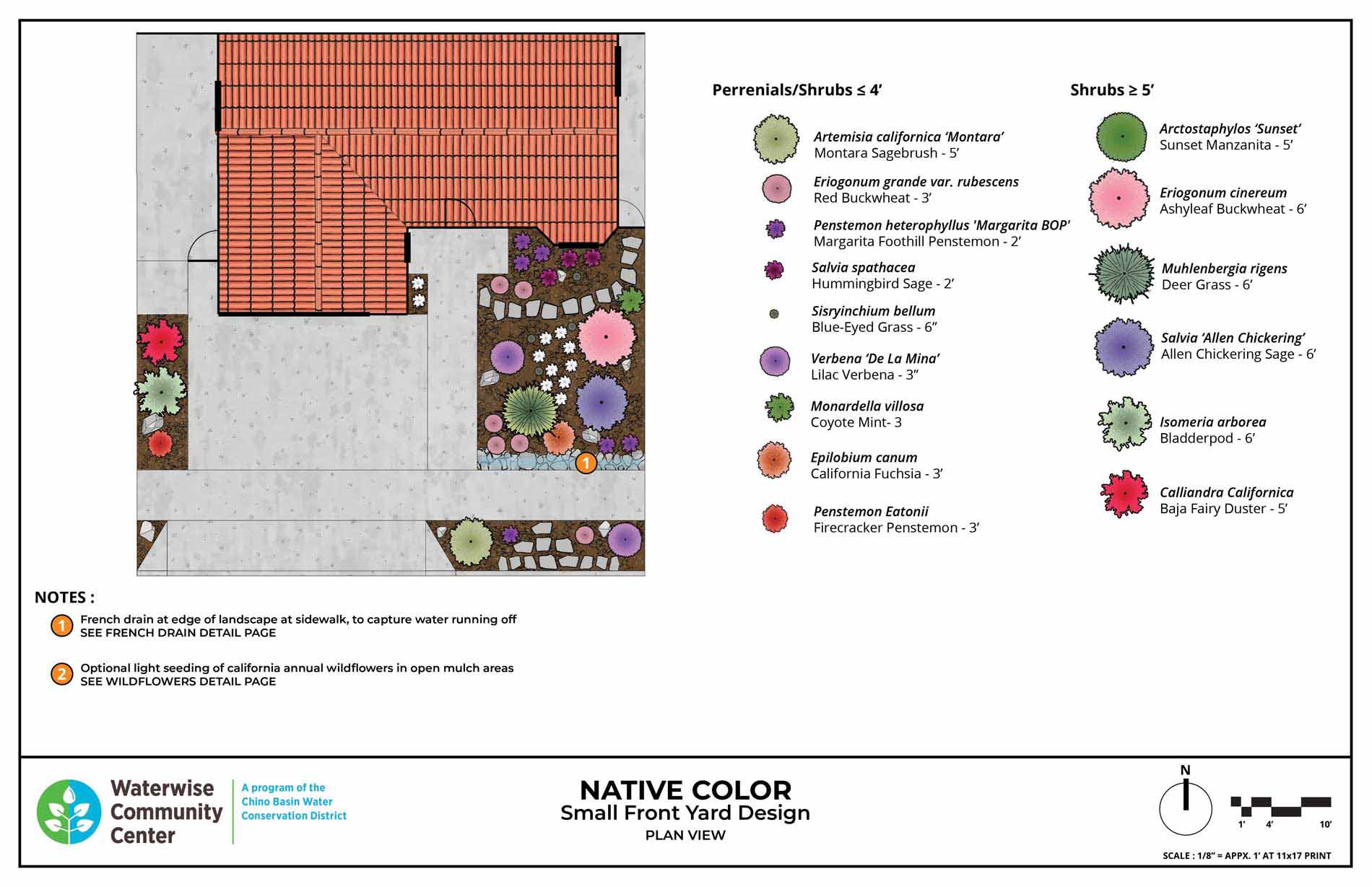
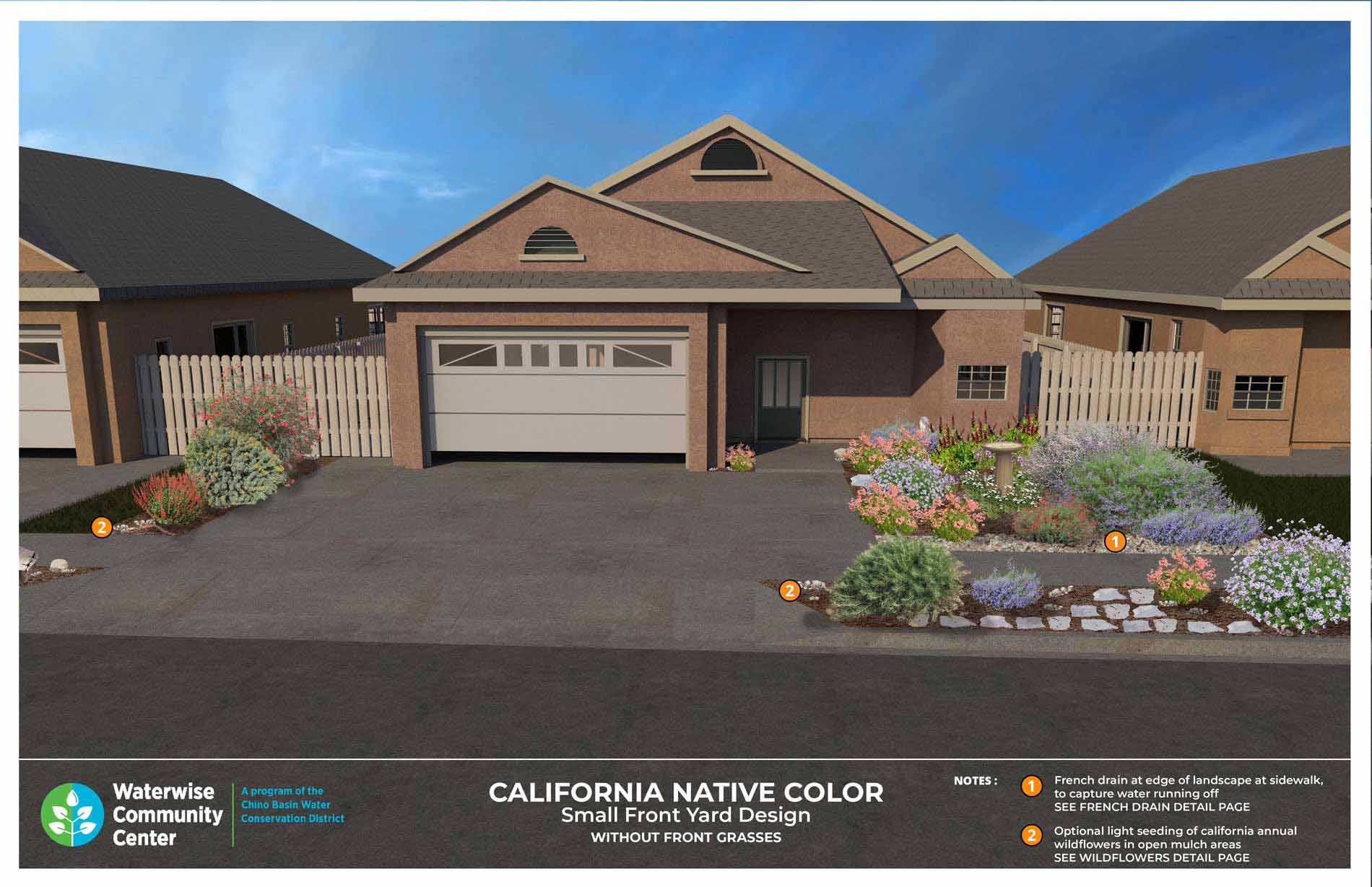
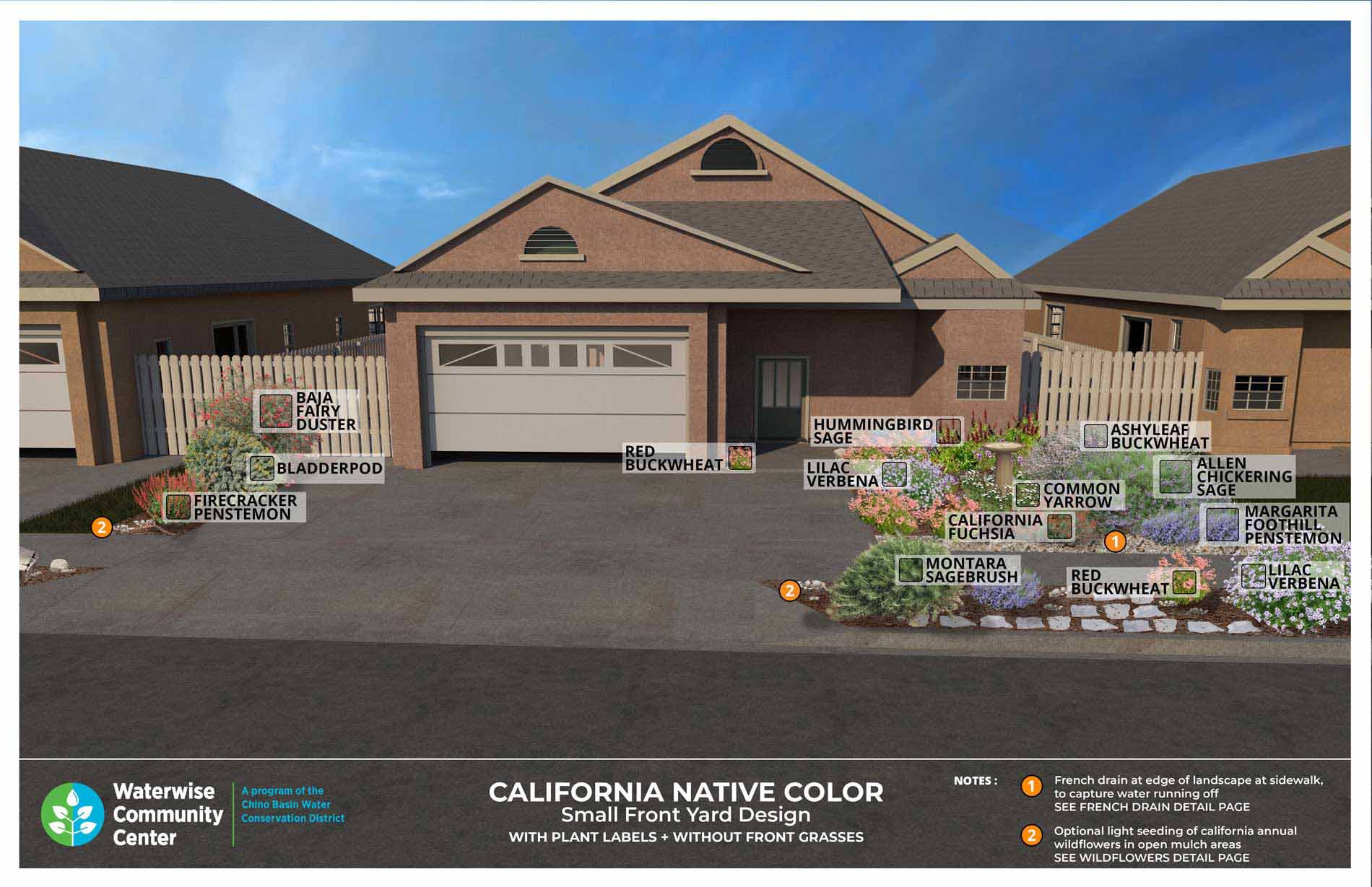

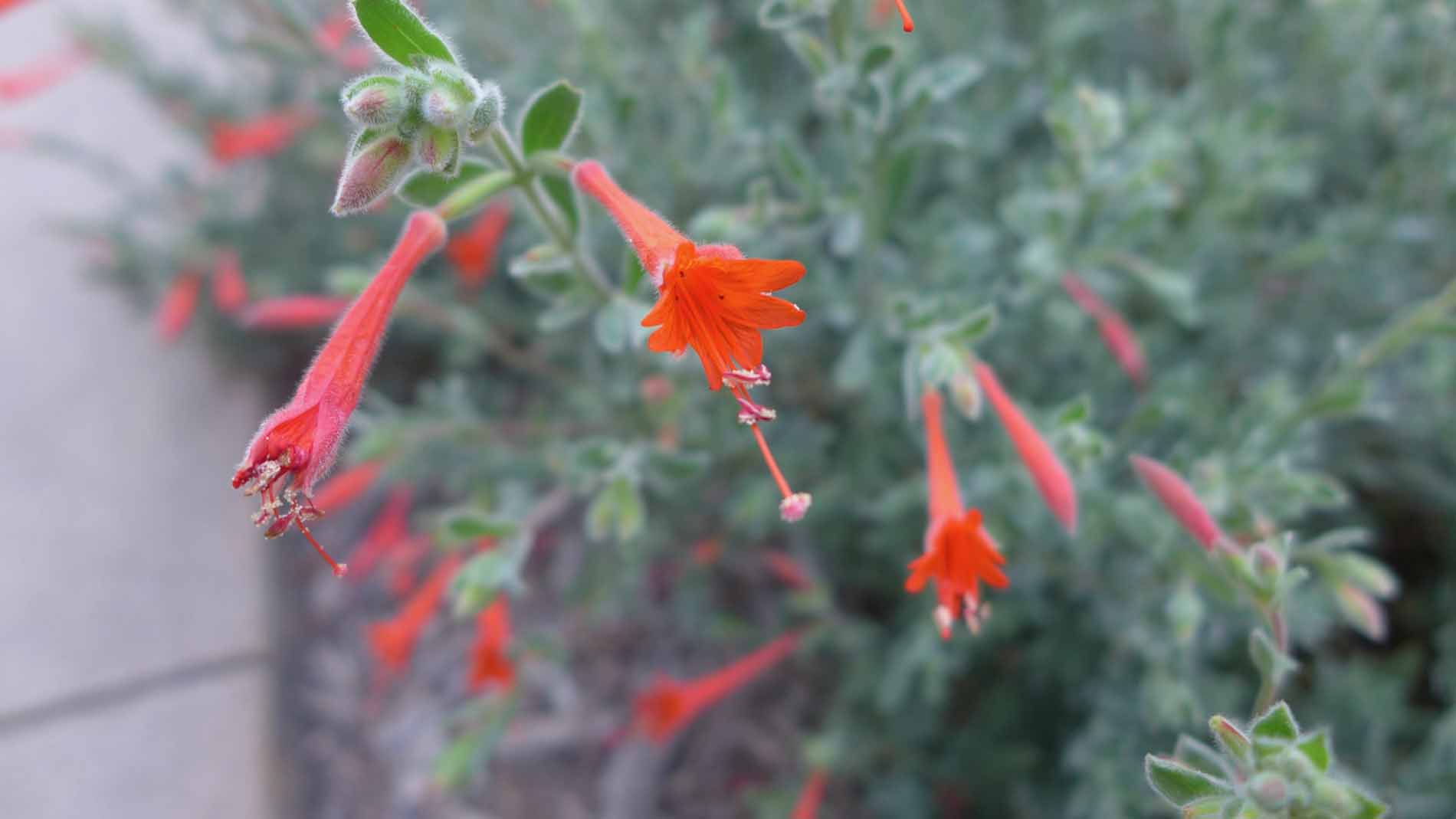
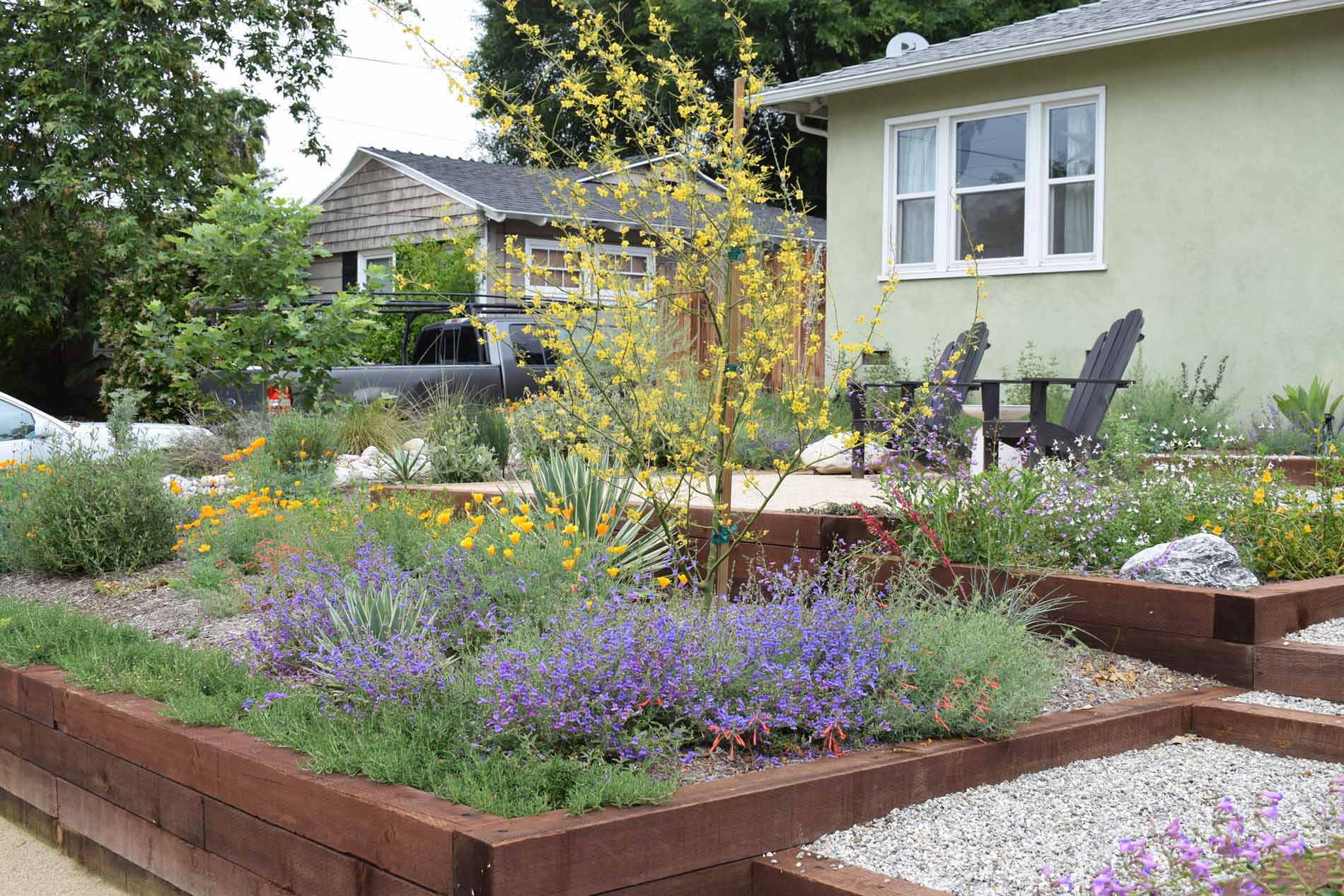
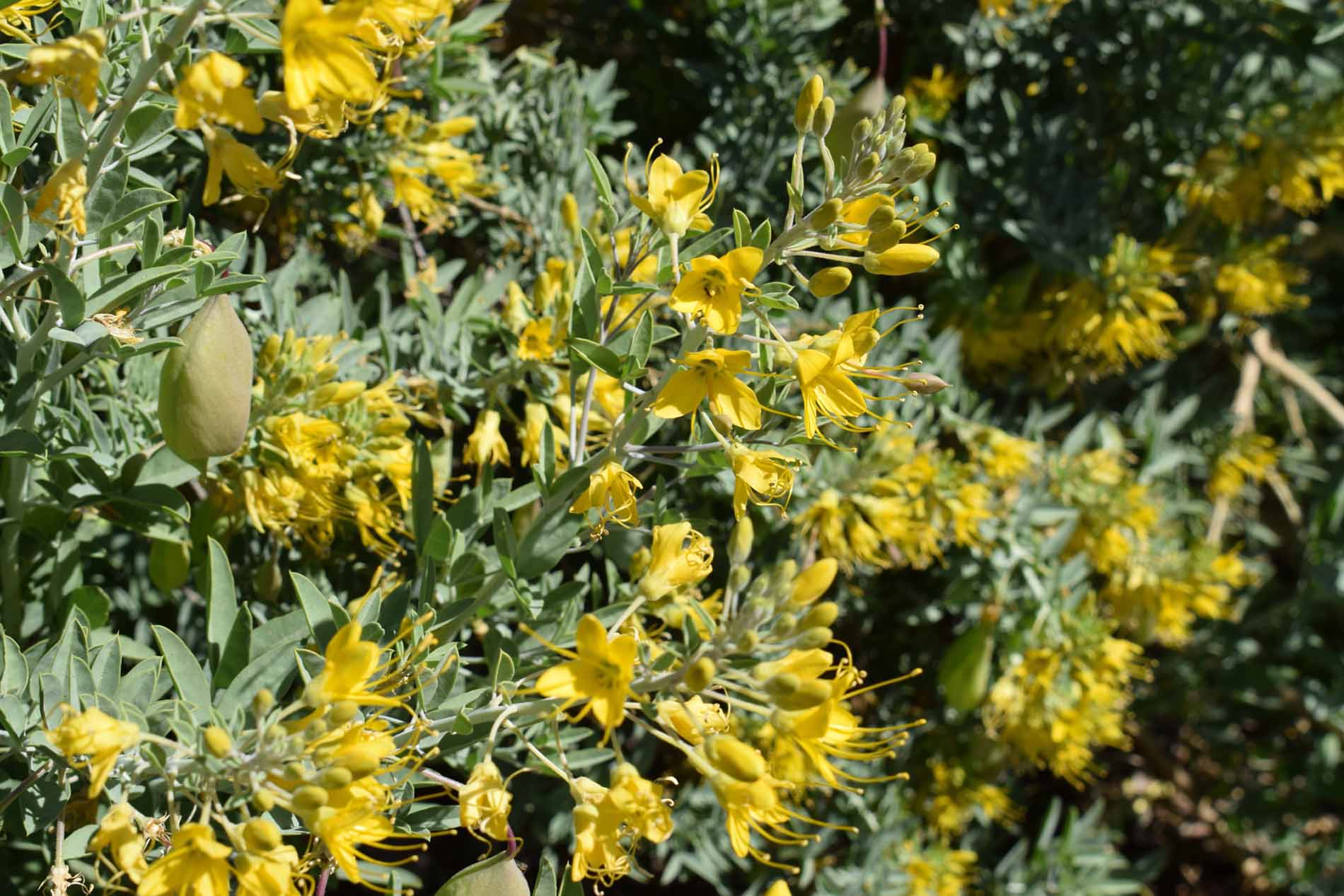
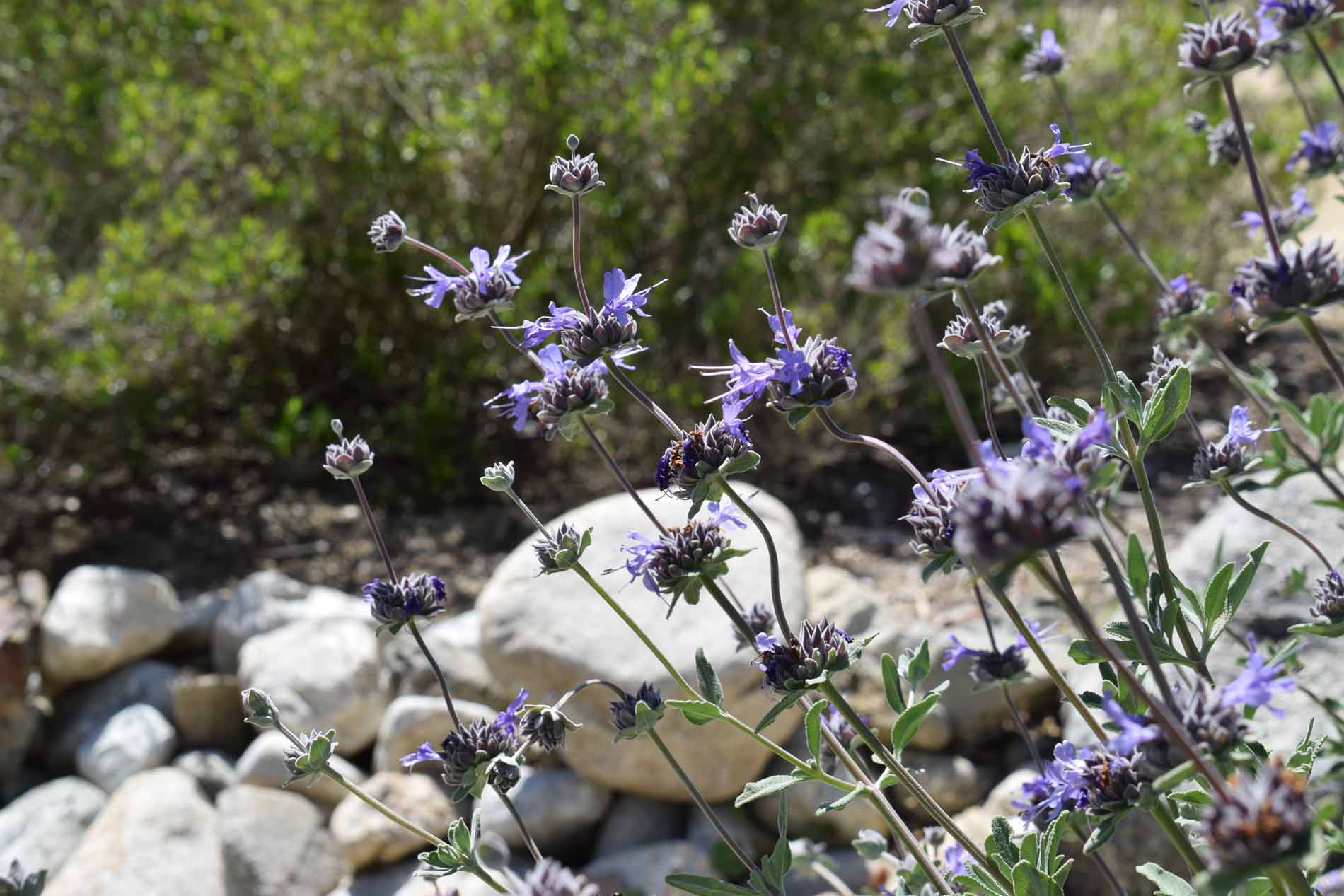
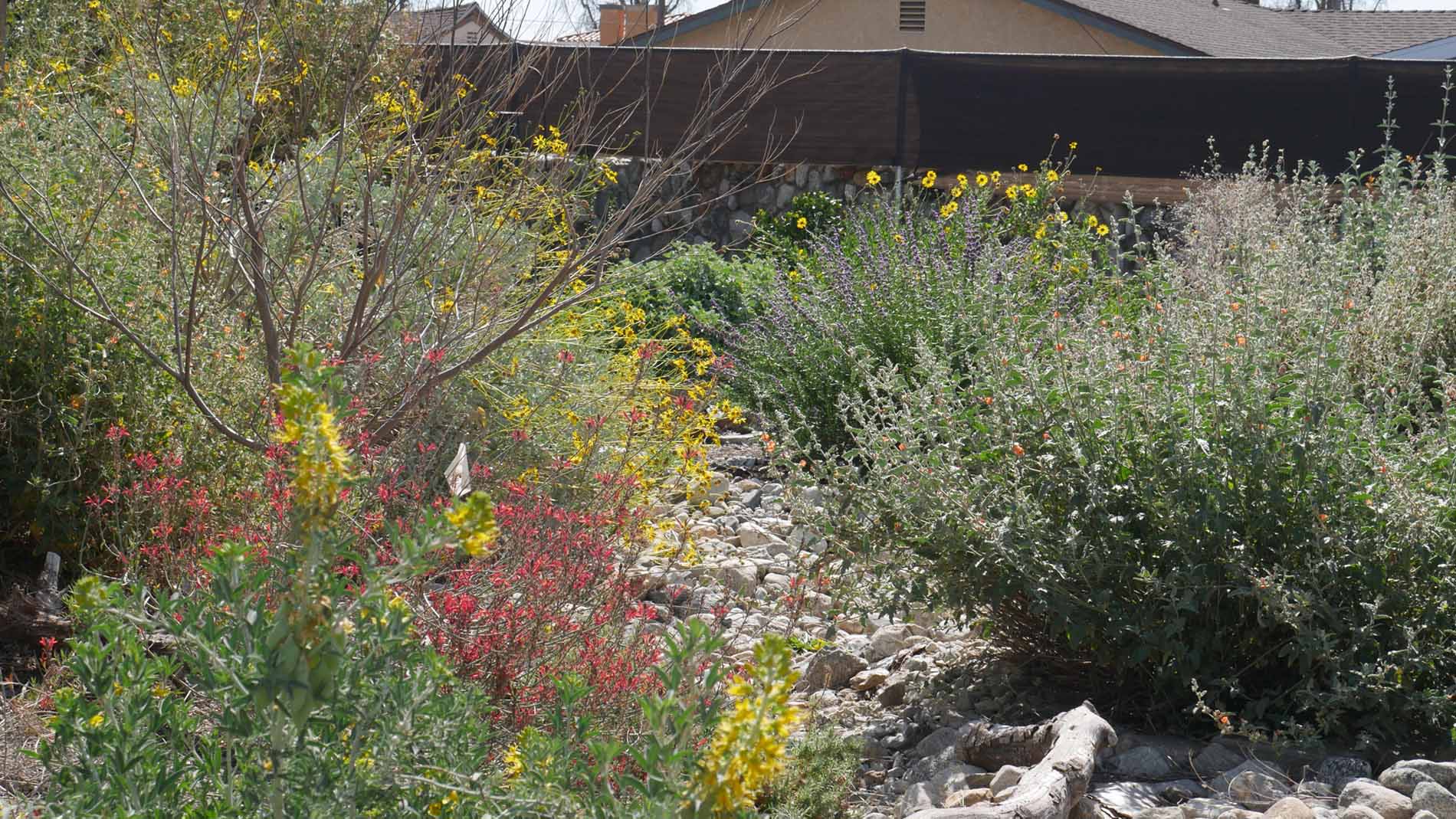
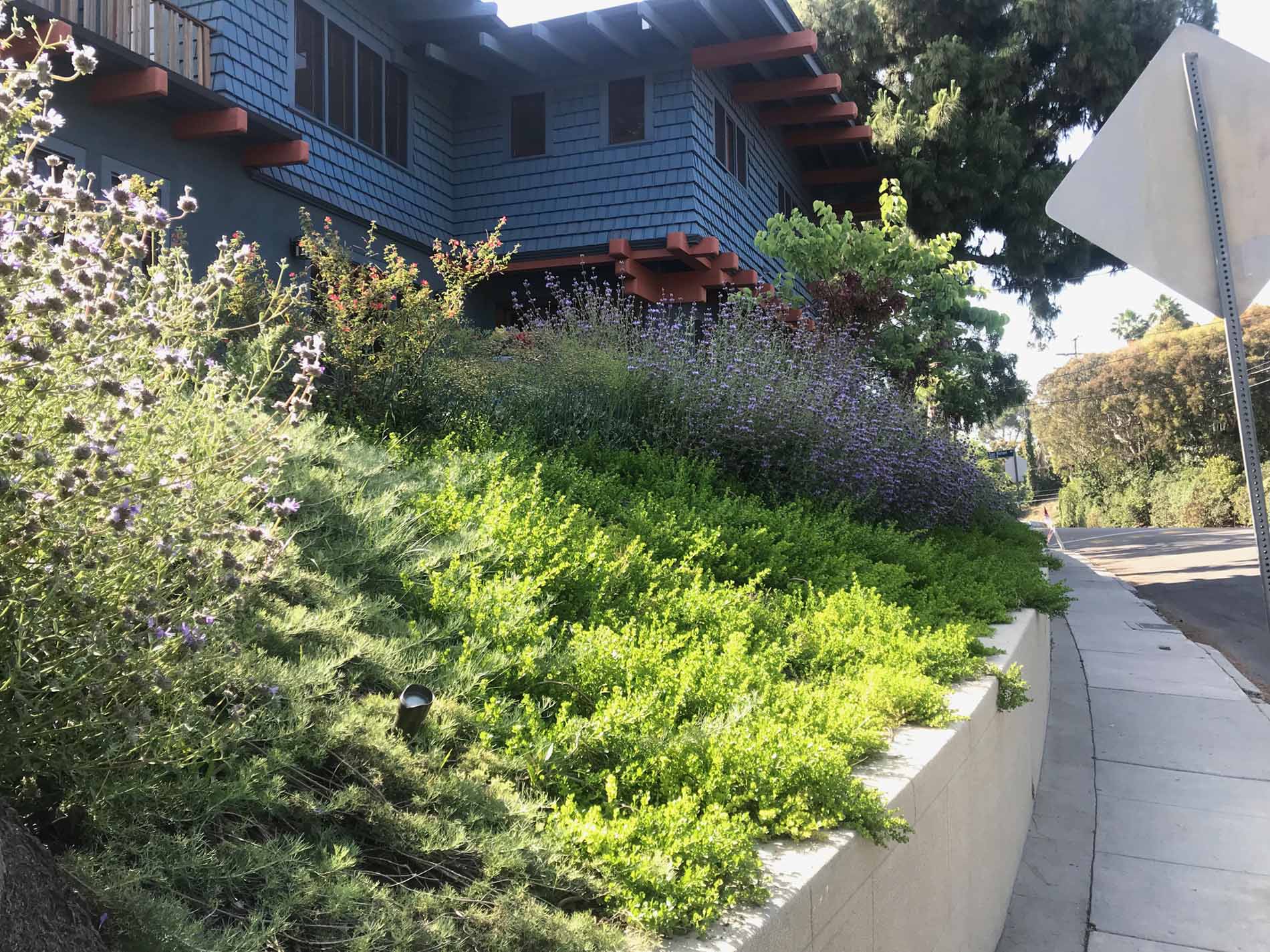
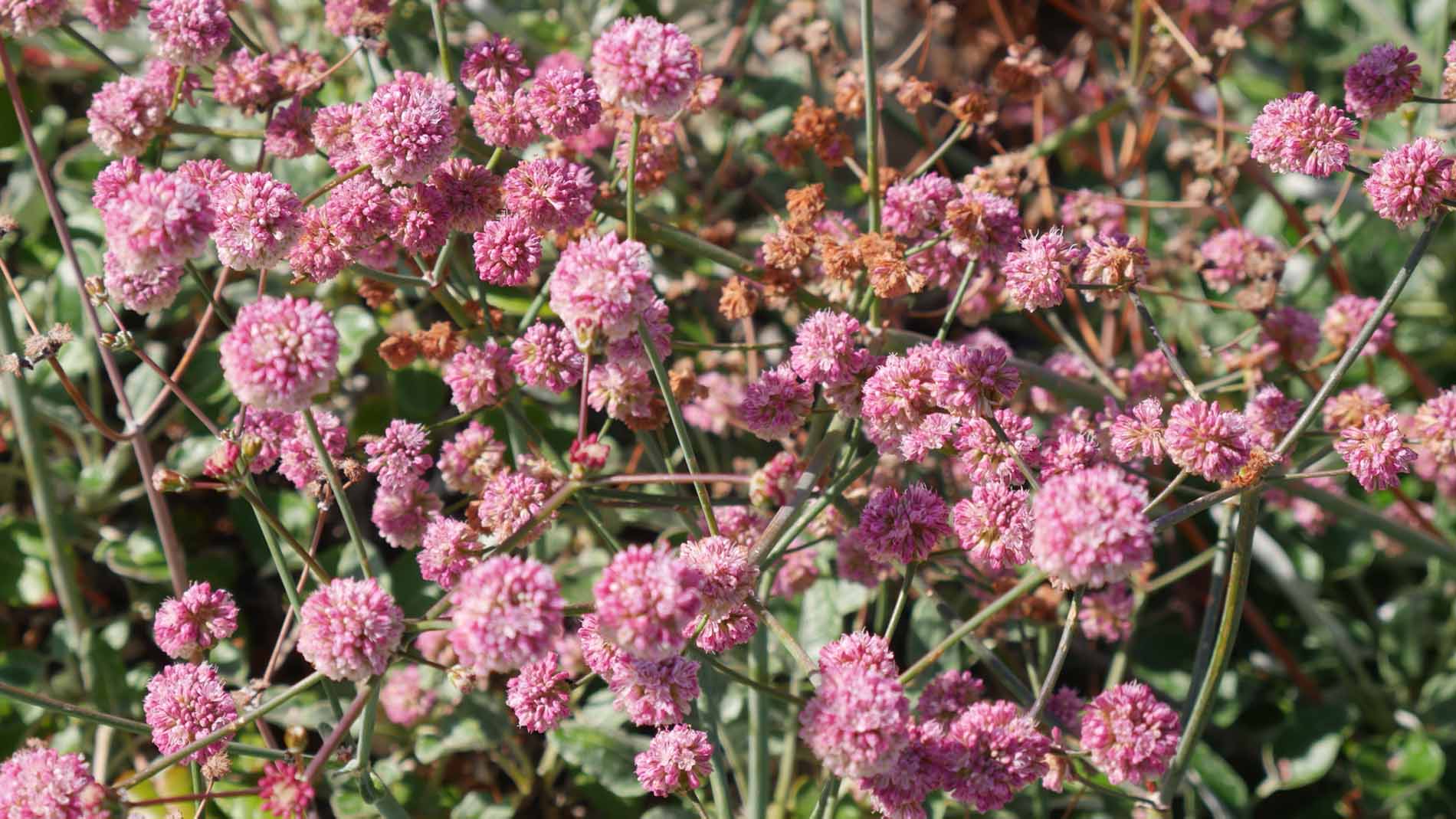
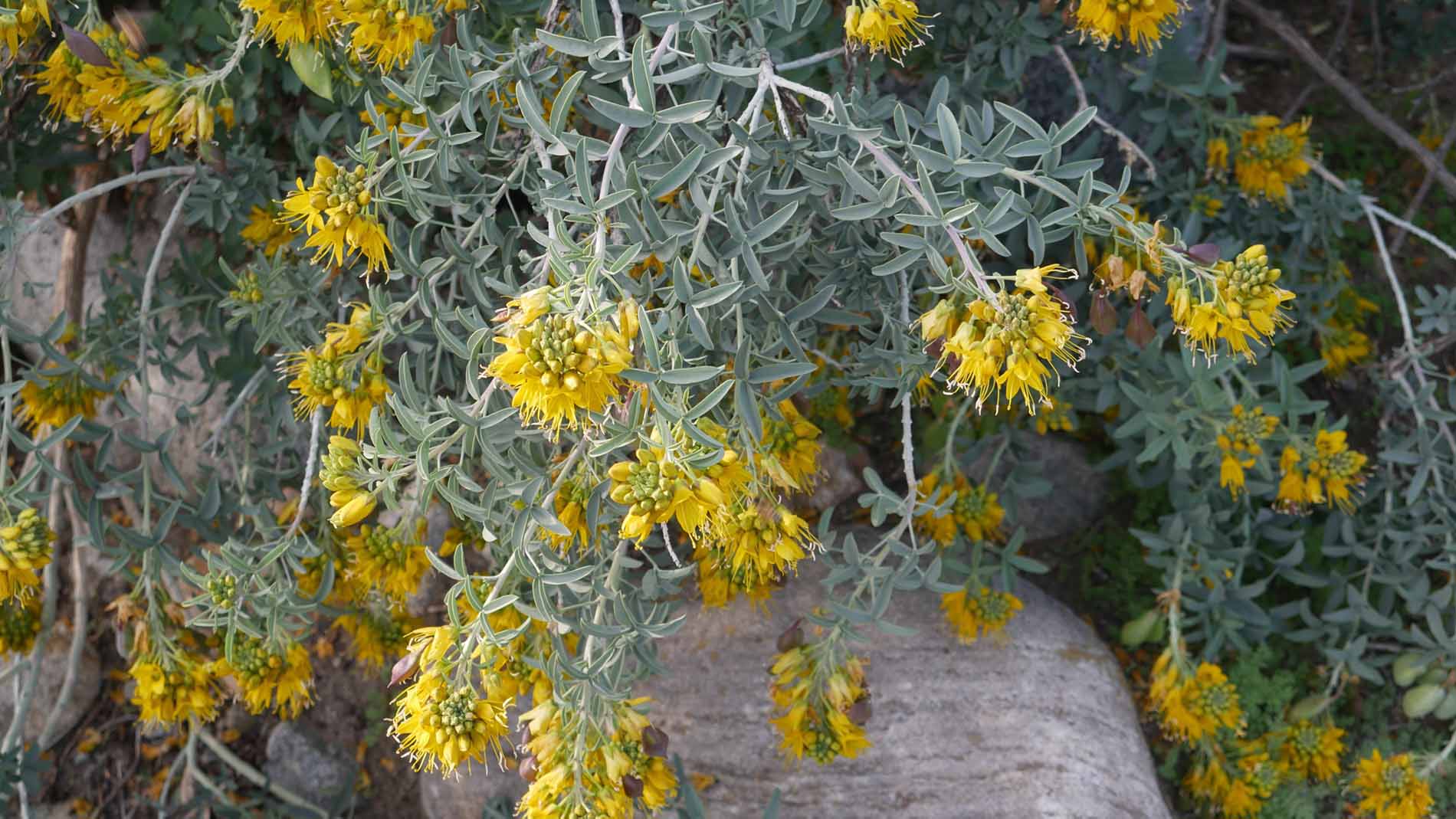
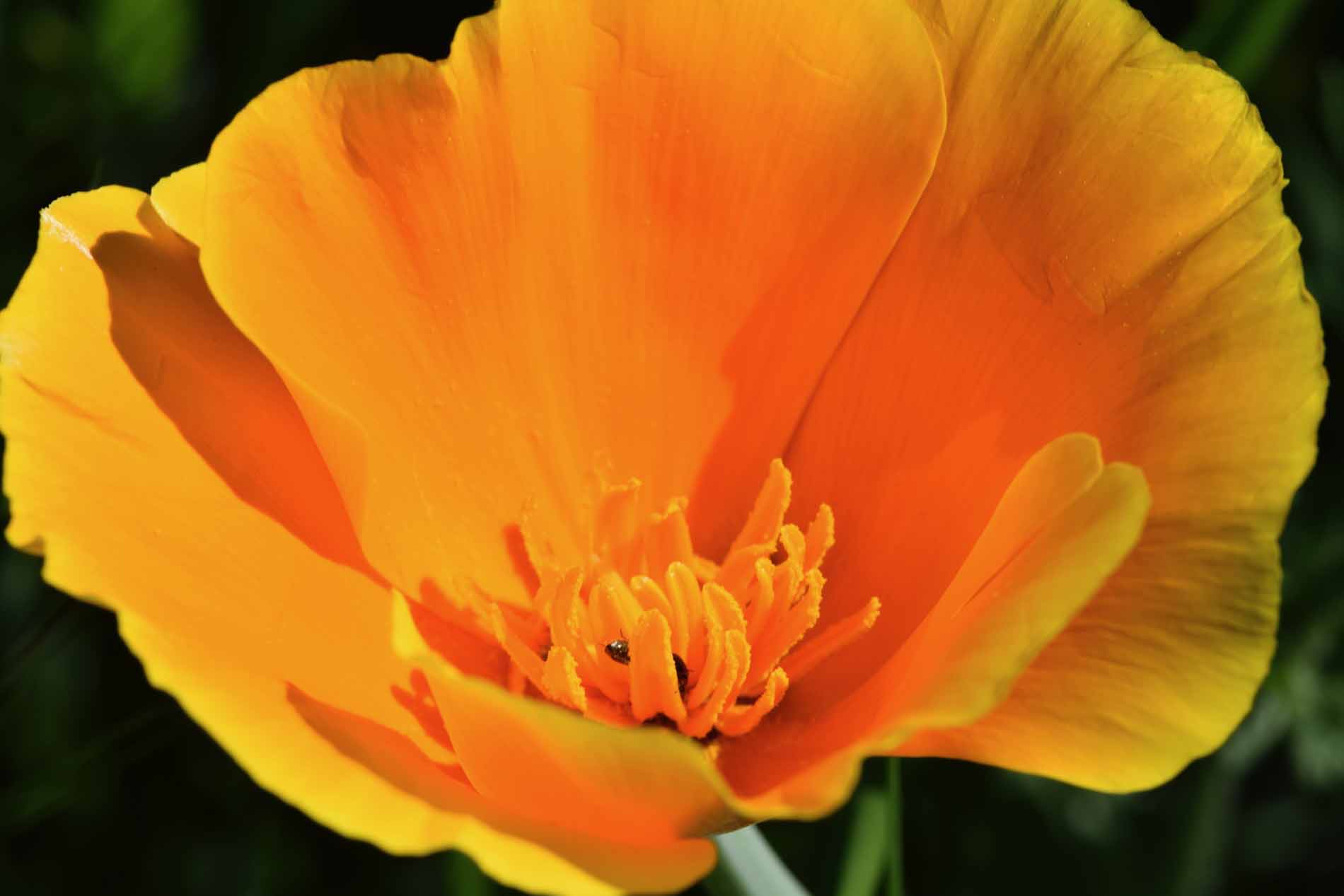
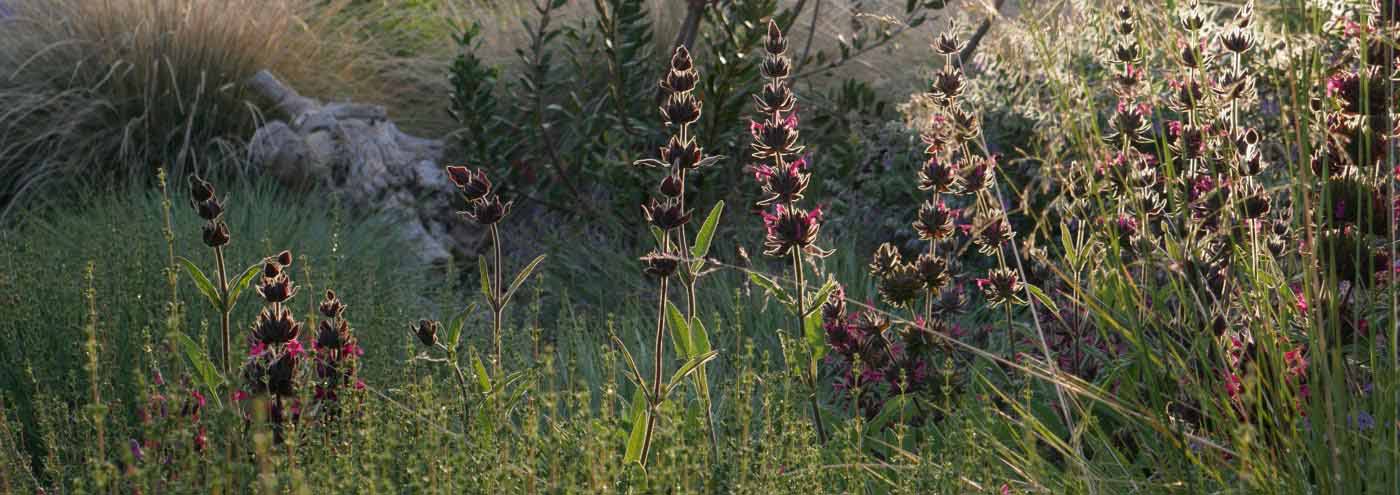
Description
Horticultural preferences
The plants in the California Native Color Garden palette are easy to grow and are adapted to a wide range of soils, from sand to clay (as long as they are not overwatered). Most of the plants require full sun, which means six or more hours of direct sunlight throughout the year. Part shade areas can utilize some of the plants in the group, so check the exposure requirements if you are planting in part shade.
The plants in this palette are easy to care for and generally do not require any pruning more than once or twice per year to keep them looking great in the garden, but it is important to do that at the right time of year for each plant. Refer to the “maintenance” entry for each individual plant.
Aesthetic character
The plants selected for the California Native Color Garden feature some of the most beautiful flowers and striking leaves that the plants of California have to offer. From the early spring through the fall, a cascade of different colors brings consistent excitement and change to the planting. Even winter features the beautiful white bell flowers of manzanita and the colorful foliage contrast of grey, blue, and green leaves. While many conventional gardens only look great during the spring and require lots of work and water to keep the blooms going, the California Native Color Garden is truly at home in our neighborhoods and keeps the color coming with less water and care than conventional flower gardening. Many of these plants also smell great and make gorgeous, long-lasting, and unique cut flowers to bring into the house or share with friends.
Moisture needs
All the plants in this palette have a low need for irrigation. In most inland valley garden situations, established plantings using this group of plants will thrive with a deep watering of 1 to 1.5 inches approximately once every three to four weeks, depending weather, soil type, and sun exposure, in the months when there is no or little rain. In most situations, young plantings will thrive with a deep watering of approximately one inch per week during dry weather, until they begin to become established, usually approximately one year after planting. Then, begin to increase the time between watering events, keeping an eye on how the plants are doing, until you reach your “established” irrigation schedule.
Beyond this, bloom season and plant appearance may be improved with a bit of additional summer irrigation provided to some of the plants on this list including hummingbird sage and western redbud. In many cases, these plants can survive perfectly well with the lower level of irrigation, but an occasional hose-watering by hand of only these mentioned plants, in between monthly deeper irrigations to the whole planting may provide for a longer flowering season for the pollinators and a more lush look for the humans enjoying the plants. It is important, however, to not increase the irrigation frequency to the entire garden, after it is established just to provide extra water to these few plants, because this will most likely result in overwatering of the other plants, which require dryer conditions between watering events in the summer.
The chart shown below provides a baseline guide to the monthly irrigation schedule and volume of supplemental water needed to maintain healthy growth. Several winter months noted by an asterisk (*) indicate when rains can provide sufficient moisture and irrigation is not needed. It is important to note that these plants can successfully grow within a range of supplemental moisture each month; the actual irrigation schedule should be adjusted to reflect specific soil, slope and exposure conditions to achieve best plant performance.
Low water Use Plants – Irrigation Schedule 1
| Jan* | Feb* | Mar* | Apr | May | Jun | Jul | Aug | Sep | Oct | Nov* | Dec* | |
|---|---|---|---|---|---|---|---|---|---|---|---|---|
| Runs per Month | 0x to 2x | 0x to 2x | 0x to 2x | 1x | 1x | 1x | 1x | 1x | 1x | 1x | 0x to 2x | 0x to 2x |
| Inches per Run | 1″ | 1″ | 1″ | 1″ | 1″ | 1″ | 1″ | 1″ | 1″ | 1″ | 1″ | 1″ |
| Inches per Month | 0″ to 2″ | 0″ to 2″ | 0″ to 2″ | 1″ | 1″ | 1″ | 1″ | 1″ | 1″ | 1″ | 0″ to 2″ | 0″ to 2″ |
Range of supplemental summer water: 7″
Range of supplemental winter water: 0″-10″
0″-2″ | 0″-2″ | 0″-2″ | 1″ | 1″ | 1″ | 1″ | 1″ | 1″ | 0″-2″ | 0″-2″ | 0″-2″ | ||
| Jan* | Feb* | Mar* | Apr | May | Jun | Jul | Aug | Sep | Oct | Nov* | Dec* |
For more information on how to use this Irrigation Schedule and Graph, follow this link.
For information how to calculate your irrigation system’s schedule and precipitation rate, please follow this link.
